Welcome back folks, it’s Monday and that means it’s both my day off and article time, darn it! Anyway, this time it’s another amplifier restoration. We’re heading to a similar time in the 1980s, but with a different manufacturer, Krell, and to the OG myth, the legend, the Krell KSA 100 class A power amplifier!
History
The Krell KSA-100 is one of the original amplifiers that put this legendary company on the map. It is a classic Dan D’Agostino design and a true class A beast, verified by its power consumption, as you’ll see. These amplifiers appeared in around 1981 and were produced until the very late 1980s.
This model utilises active cooling in the form of fans rather than the passive cooling solutions used later. One could make an argument that this worked better and it certainly allowed the amplifiers to be lighter and more compact. They only worked better until the fans died of course. Then there were real problems.
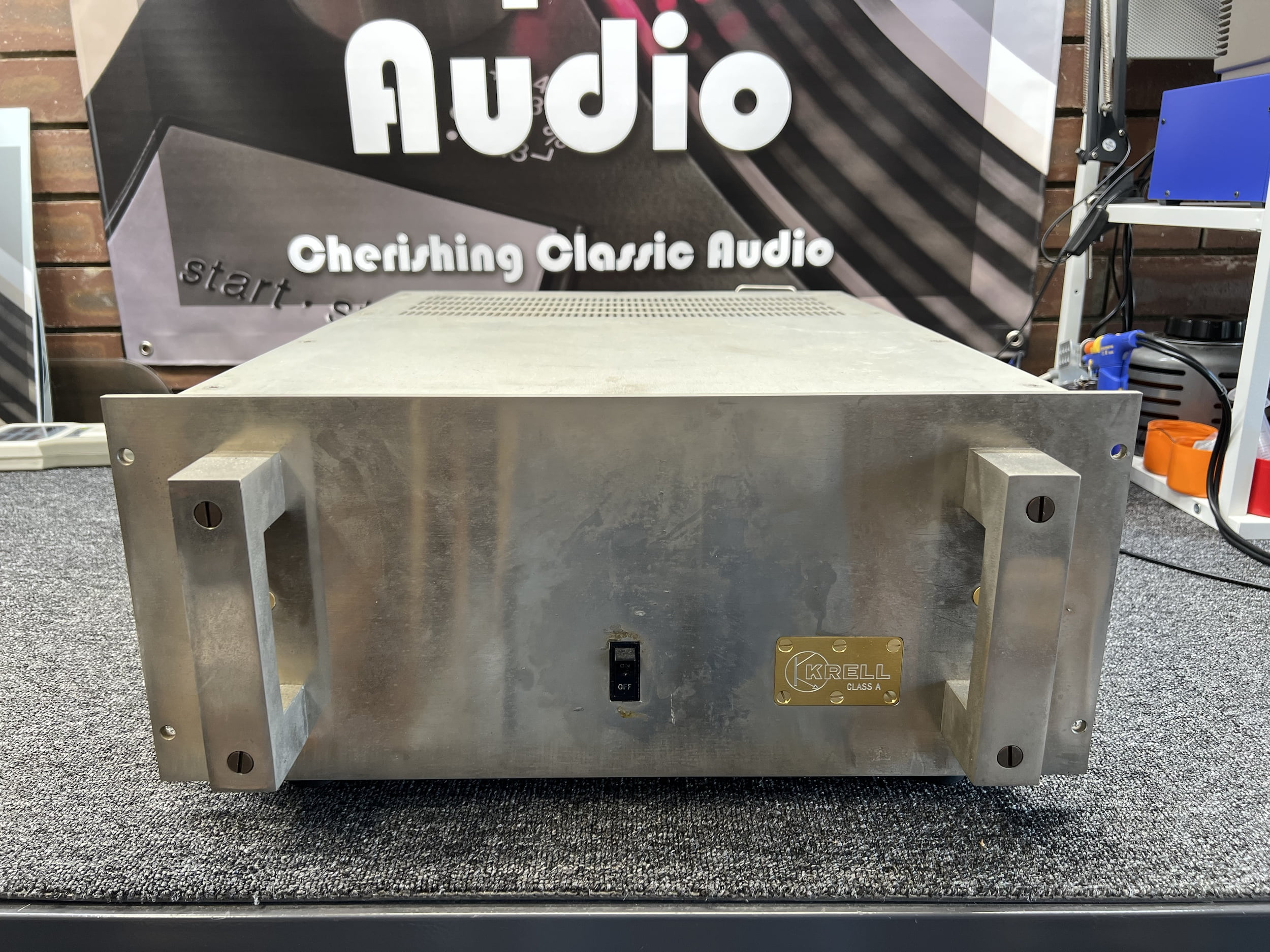
The KSA 100 came shortly after the also OG Krell KSA 50 and was followed by the beefier KSA 200. Many other models followed of course and you’ve seen me work on many of them here. These models include my old KSA-150, the KSA-100S and the KSA-200S about which I’ve yet to write a long overdue article, sorry Paul!
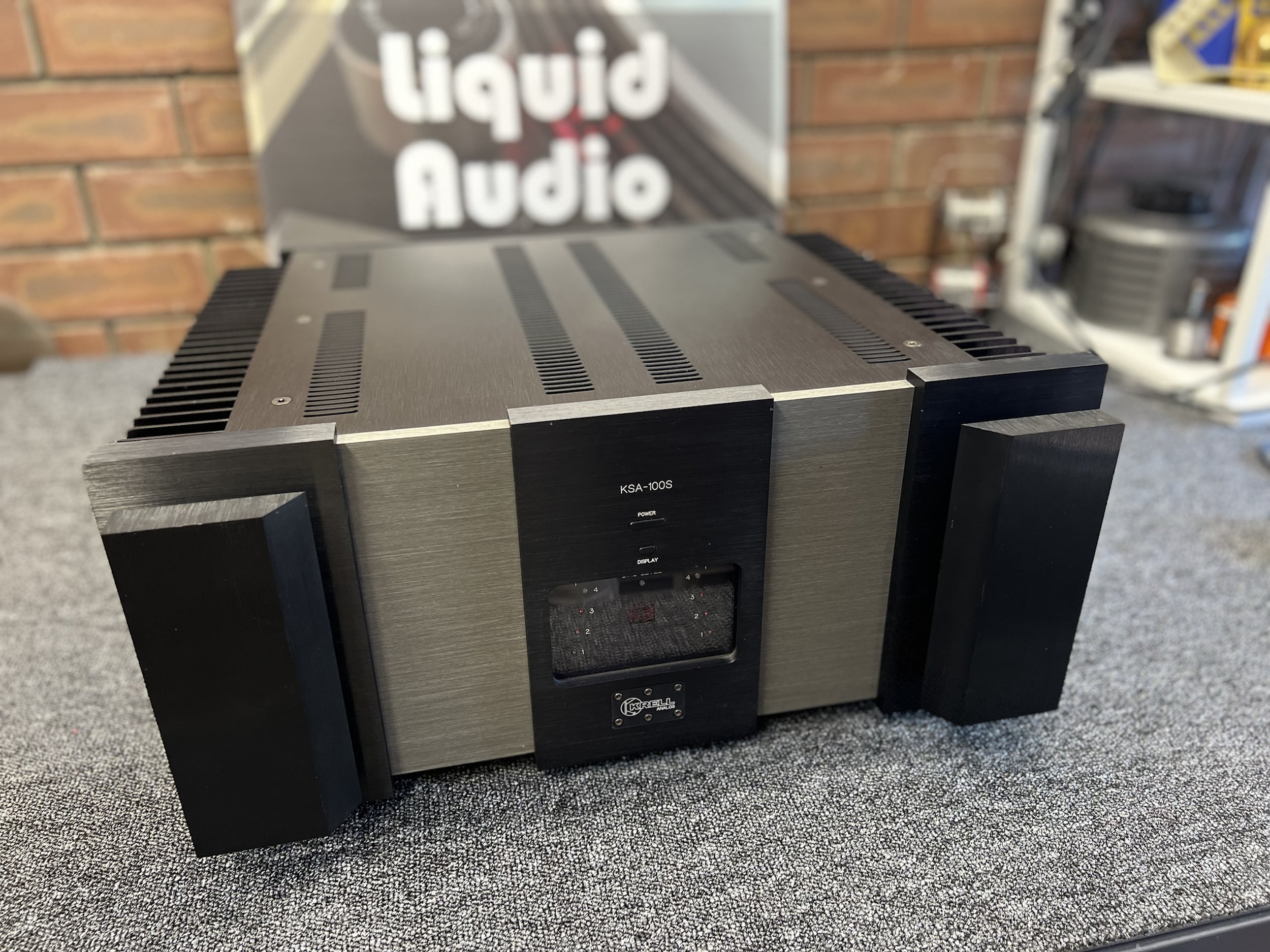
I’ve had Krell factory support, mainly in the form of service data, since I started Liquid Audio. It’s fair to say that my articles have helped raise awareness and popularity of these wonderful Krell legacy models and it’s been a pleasure to contribute to the Krell heritage. Krell now seems to prefer to fix legacy equipment in-house, but this was not always the case.
When I most recently (2023) asked for service data for this particular KSA 100, Krell didn’t respond, the first time that’s happened in 15 years. I really appreciated it when I could email Patrick Bresnahan or Ray Mutchler and someone would get back to me within a day or two. Perhaps those days are gone, but I remain optimistic.
A colleague kindly supplied me with the complete service data for this one and I had some of it anyway. Perhaps this recent experience was just a glitch, but I’ve been saving Krell equipment like this and undoing bad repair work on it for a long time. I hope Krell doesn’t forget those of us who’ve worked hard over the years to help keep their legacy equipment alive.
By the way, if you enjoy content like this and don’t want to miss it when I post new articles, subscribe!
Krell KSA 100 Specifications
These are KSA 100 Mk2 specs, adapted from the Audio Database
| Type | Stereo power amplifier |
| Rated output | 100W + 100W (8 Ω, both channels operating, 20 Hz to 20 kHz) 200W + 200W (4 Ω) 400W + 400W (2 Ω) 800W + 800W (1 Ω) |
| Input Sensitivity / Impedance | 1V/22kΩ |
| Total harmonic distortion factor | 0.05% or Less (20 Hz to 20 kHz, 1W to Rated Output) |
| Frequency characteristic (1W ~ Rated Output) | 0.5 Hz to 100 kHz -3dB 20 Hz to 20 kHz -0.5 dB |
| Signal-to-noise ratio (IHF-A) | 110dB |
| Rated load impedance | 1 Ω or more |
| Damping factor | 120(1kHz) |
| Slew rate | 80 v / μ sec |
| Power consumption | 610W (maximum idling) Yes, seriously! |
| External dimensions | Width 483x Height 226x Depth 612 mm |
| Weight | Approximately 35 kg |
Issues
The KSA 100 is a proper class A amplifier and that means it generates a lot of heat. Class A amplifiers sound the best, but cannot be kept in cabinets or under low shelves, though they often are. The fans in these models are known to fail after spinning millions of times over decades. These amplifiers need regular maintenance and as all my regulars will know, herein lies the crux of the issue.
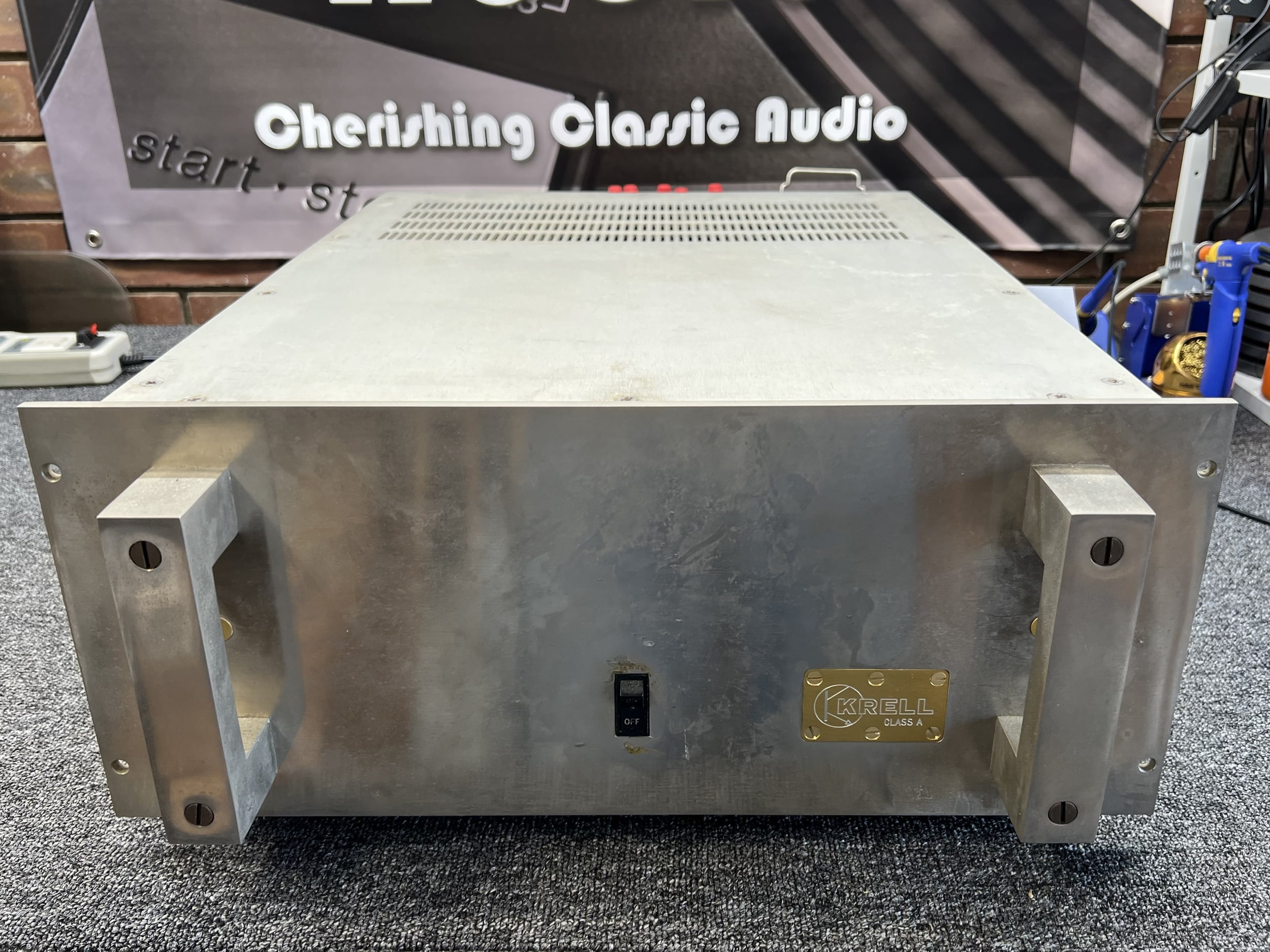
These amplifiers and others like them usually either don’t receive that maintenance for various reasons, or receive poor quality maintenance and fail. Big class A amplifiers often fail because of neglect or poor service/repair workmanship. This amplifier exhibited a bit of both.
This old girl was in average condition inside and out, suffering from the effects of corrosion, heat and previous poor work over extended use. Keep in mind that this particular unit, a late ’80s serial number, is 40 years old. Four decades of pulling nearly 3 Amps from the wall is going to have some negative effects.
She had let go in a big way at some point in her past though, as evidenced by the new output devices and emitter resistors, various replaced small-signal transistors, and so on. When you combine the poor work from previous repairs, the broken threaded rod/fan assembly, dry thermal interfaces, unsoldered components, cheap emitter resistors and dead caps, you have the perfect recipe for a bad-sounding and poor-running KSA 100. That’s exactly what this was.
The issues I found included:
- Need for typical age-related maintenance
- Broken threaded rod securing fan/heatsink assembly
- Amplifier and driver modules need overhaul
- Output device thermal interfaces are highly problematic
- Filter capacitors are tired
- Many fasteners are wrong, worn or in the wrong locations
- One driver transistor was not even soldered in place!
- High DC offset, etc, etc
My brief was to repair and restore her, with a maximum budget that I of course adhered to. I was able to address and resolve all these issues within the owner’s budget.
Restoration
This is a long and involved job. I’ll need to include many photos, but I’ll try to keep things reasonable as I don’t want to bore everyone to death. Also, note that the budgetary discussion with her owner meant that I could not attend to everything I might like to do here. I’ve deliberately left some things where it was safe and sensible to do so.
The emitter resistors for example have all been replaced at some point and measured fine. They are not the premium Dale parts I fit when doing this work, but we typically cannot do everything unless the owner gives me a blank cheque! That’s never happened, but there is always hope 🙂
Let’s go!
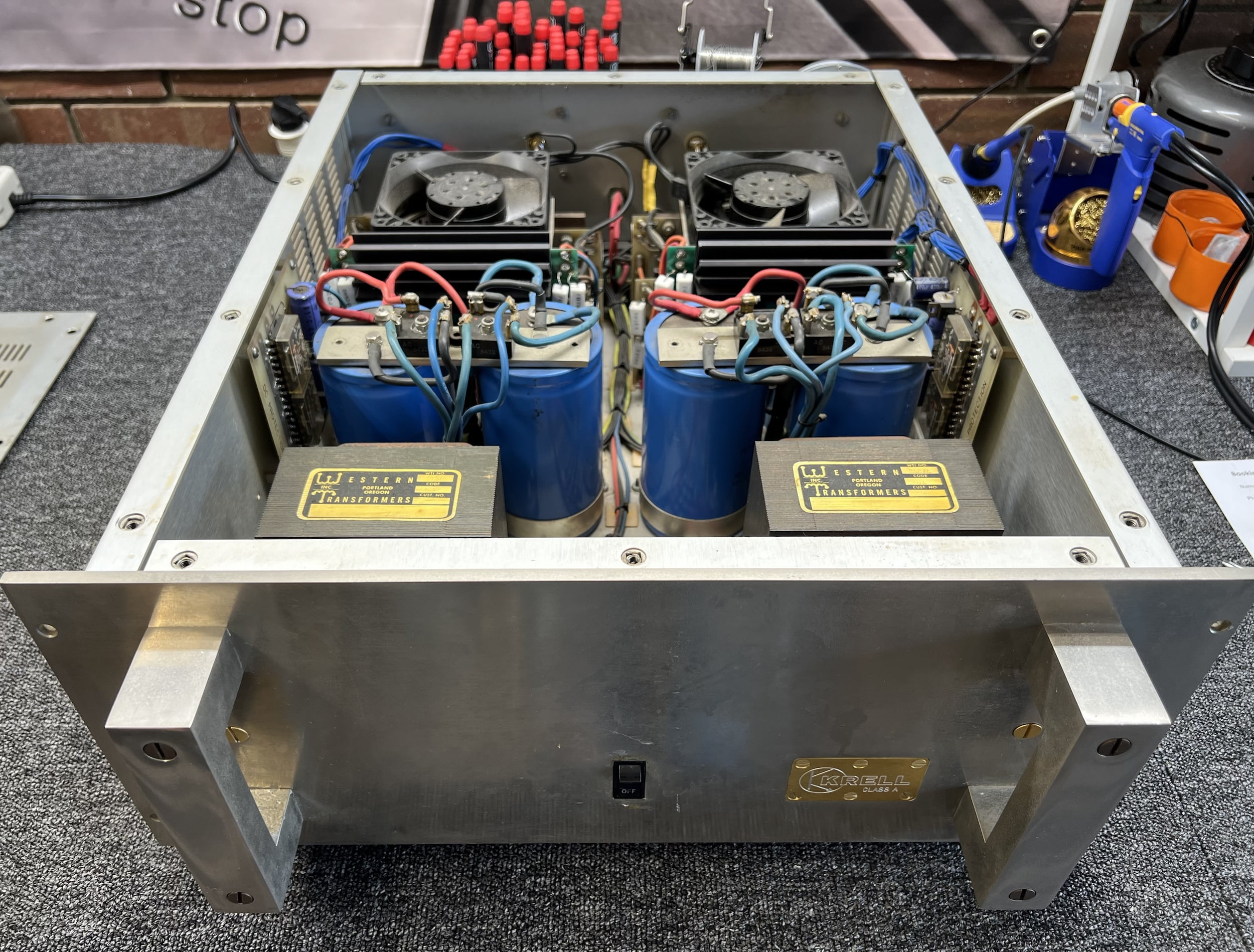


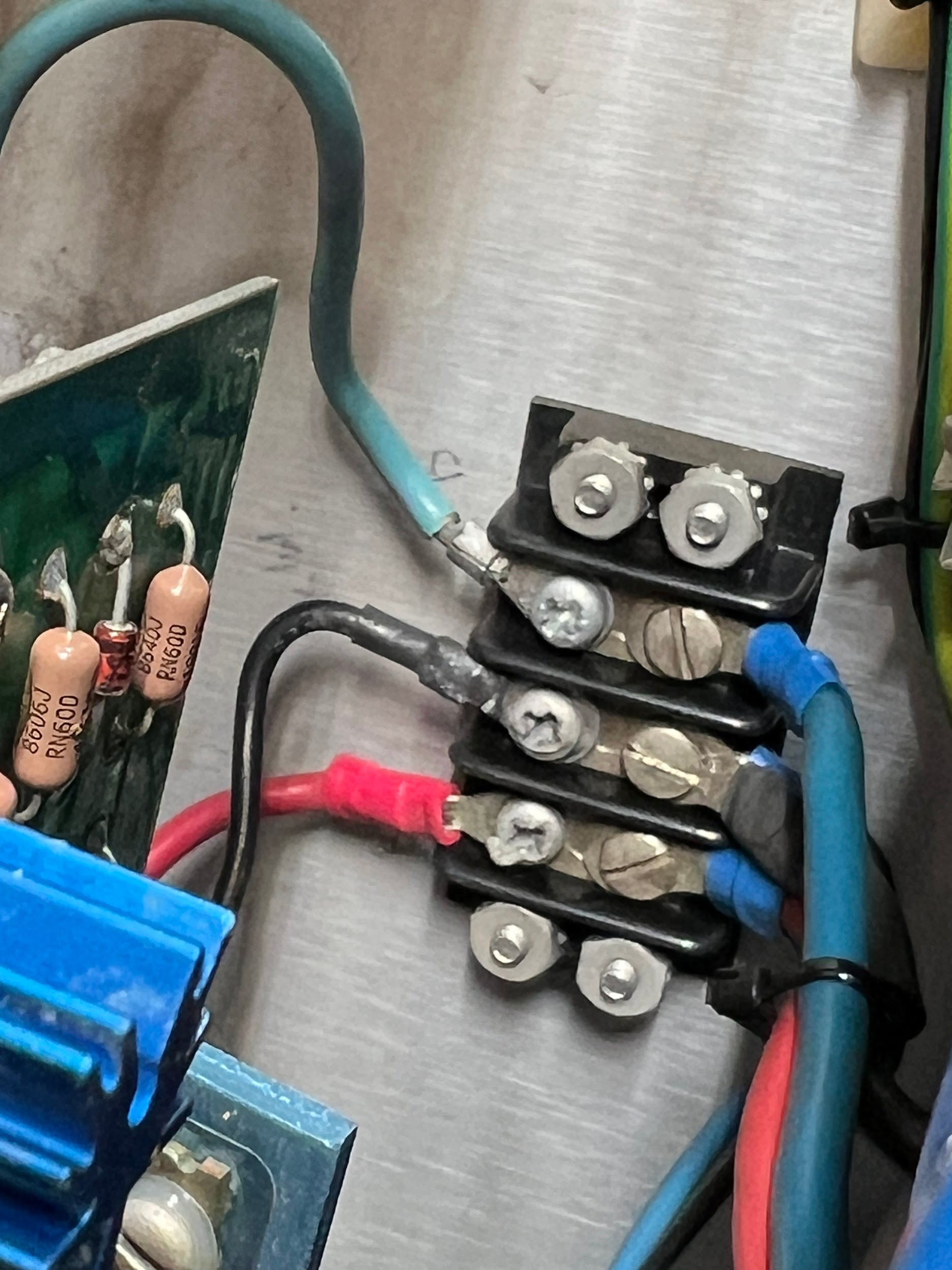
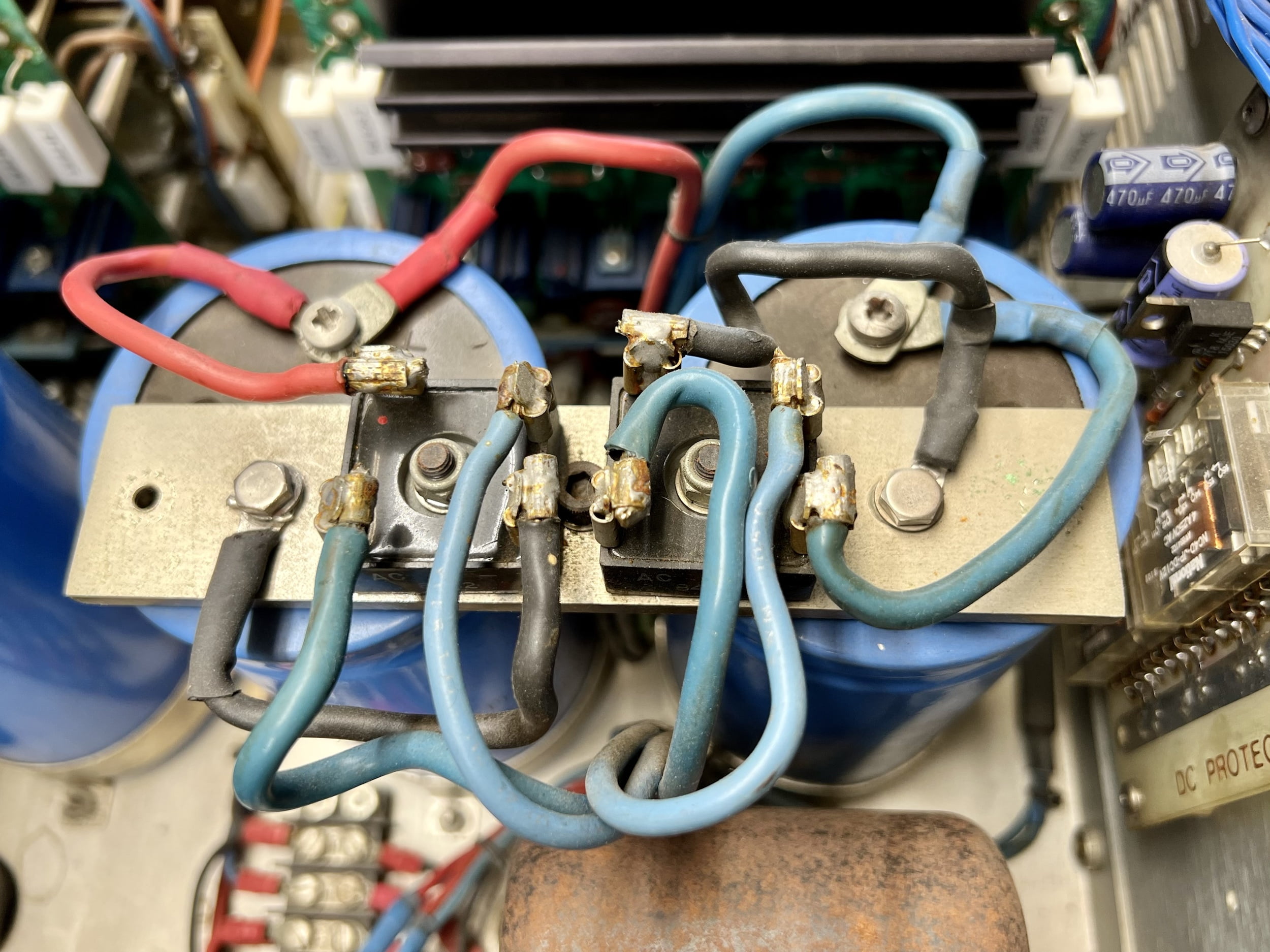

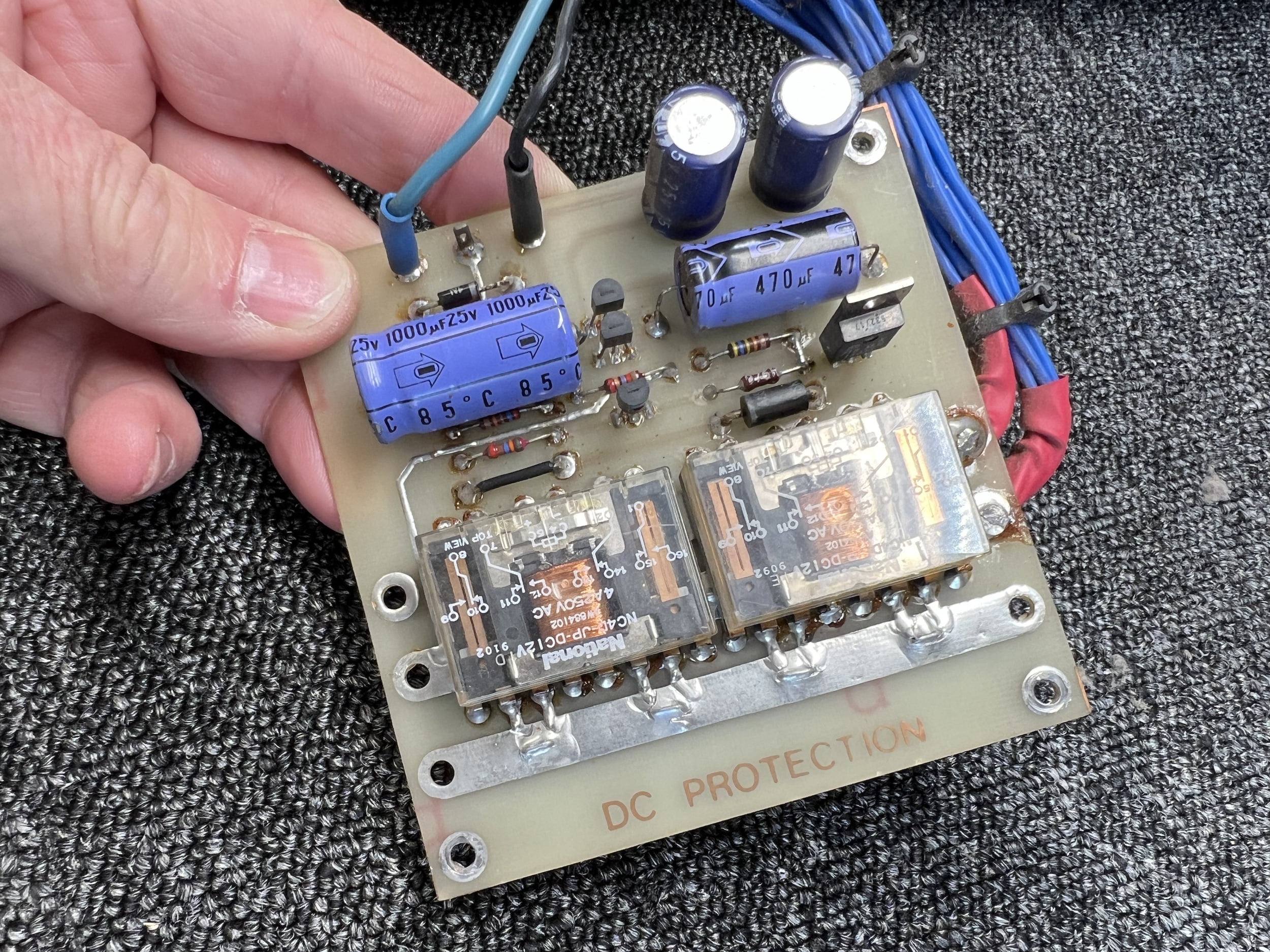
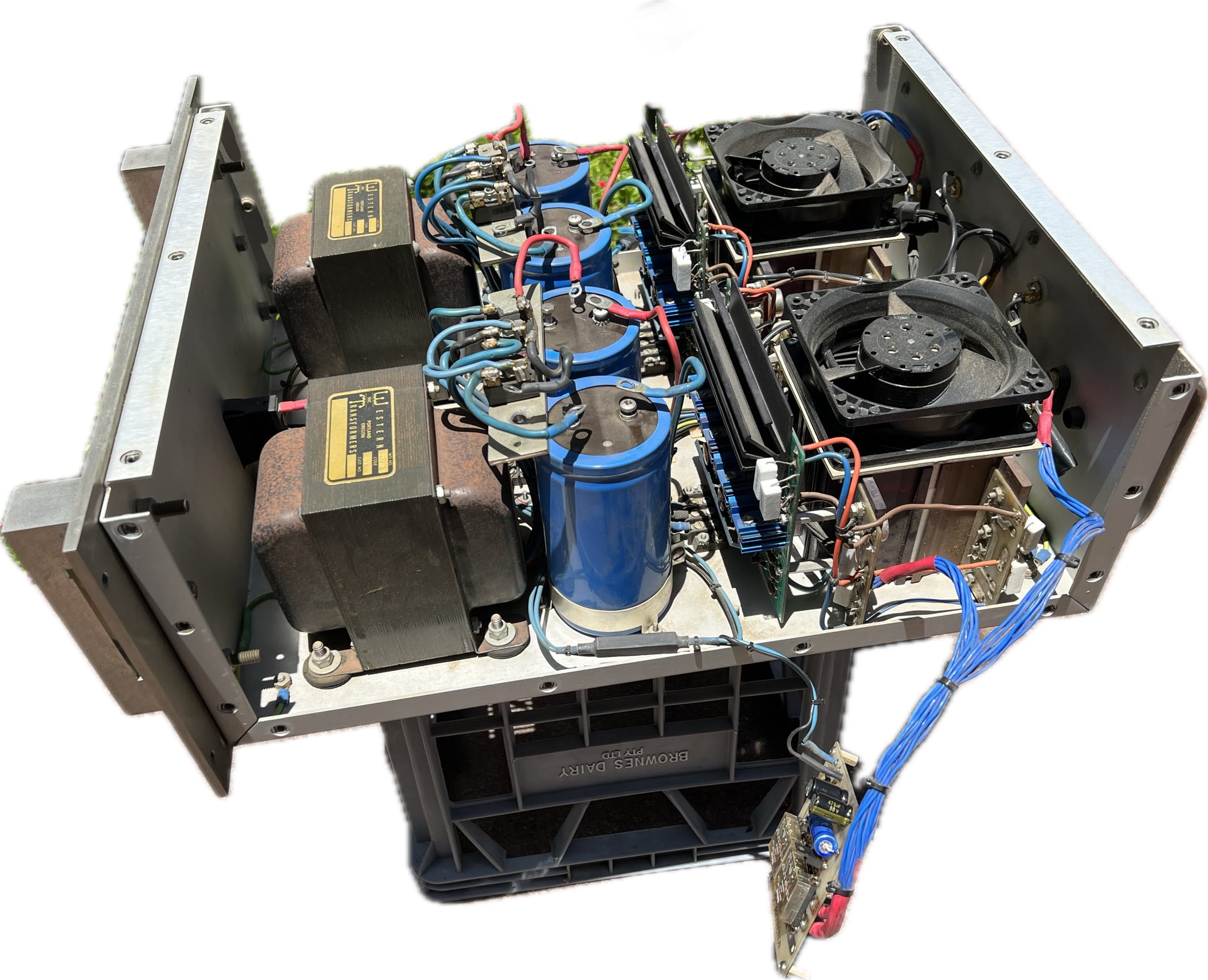
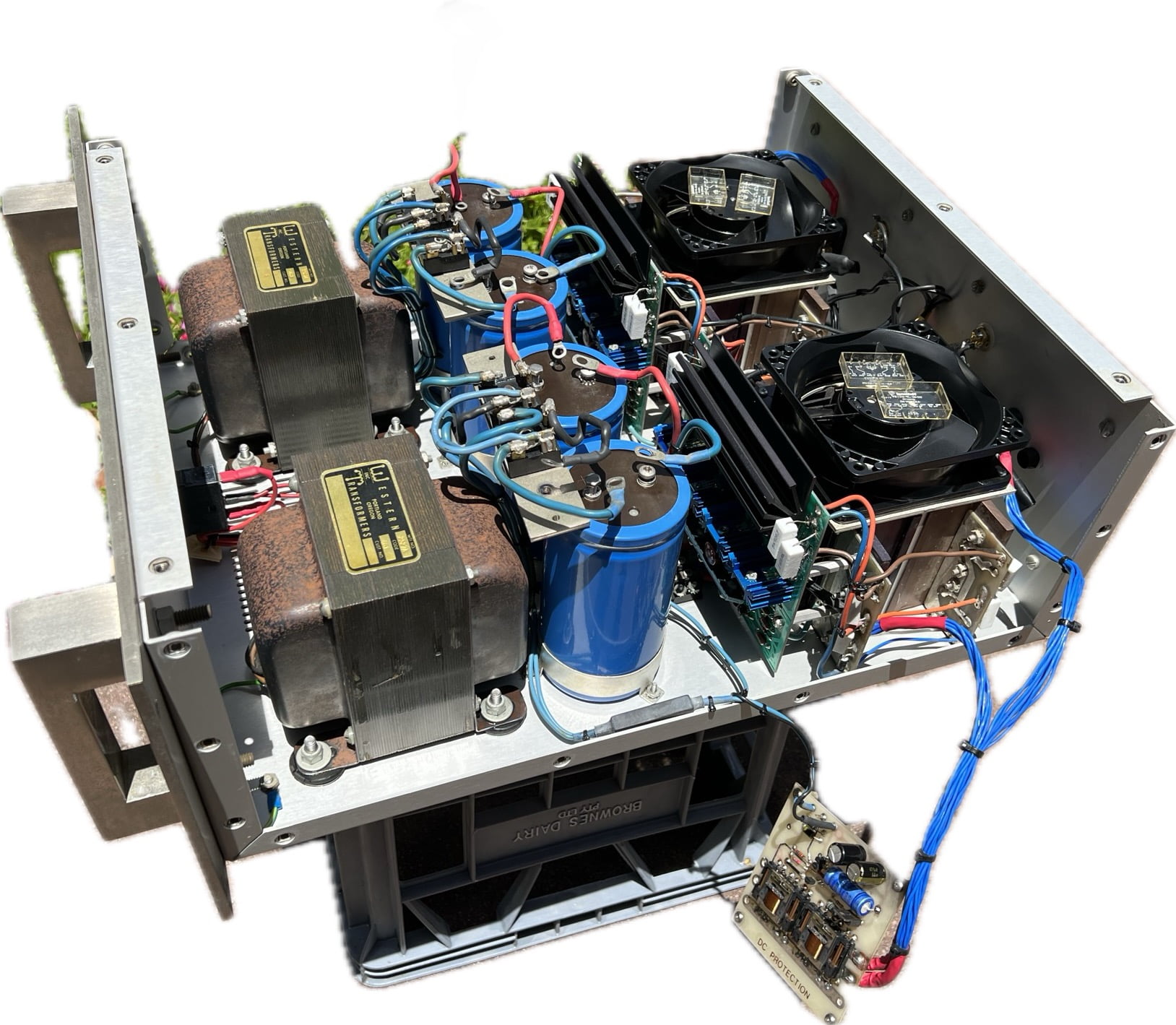
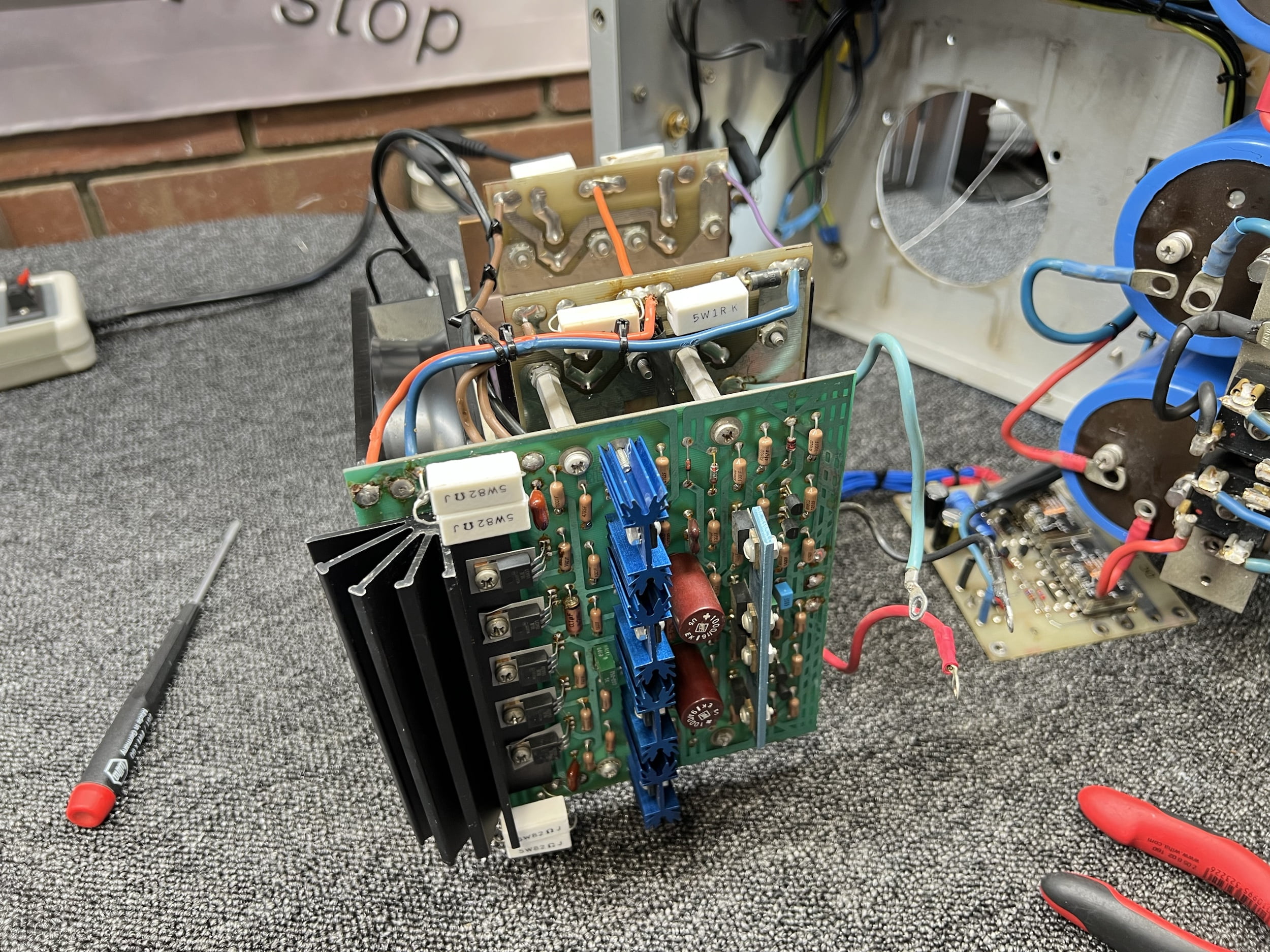
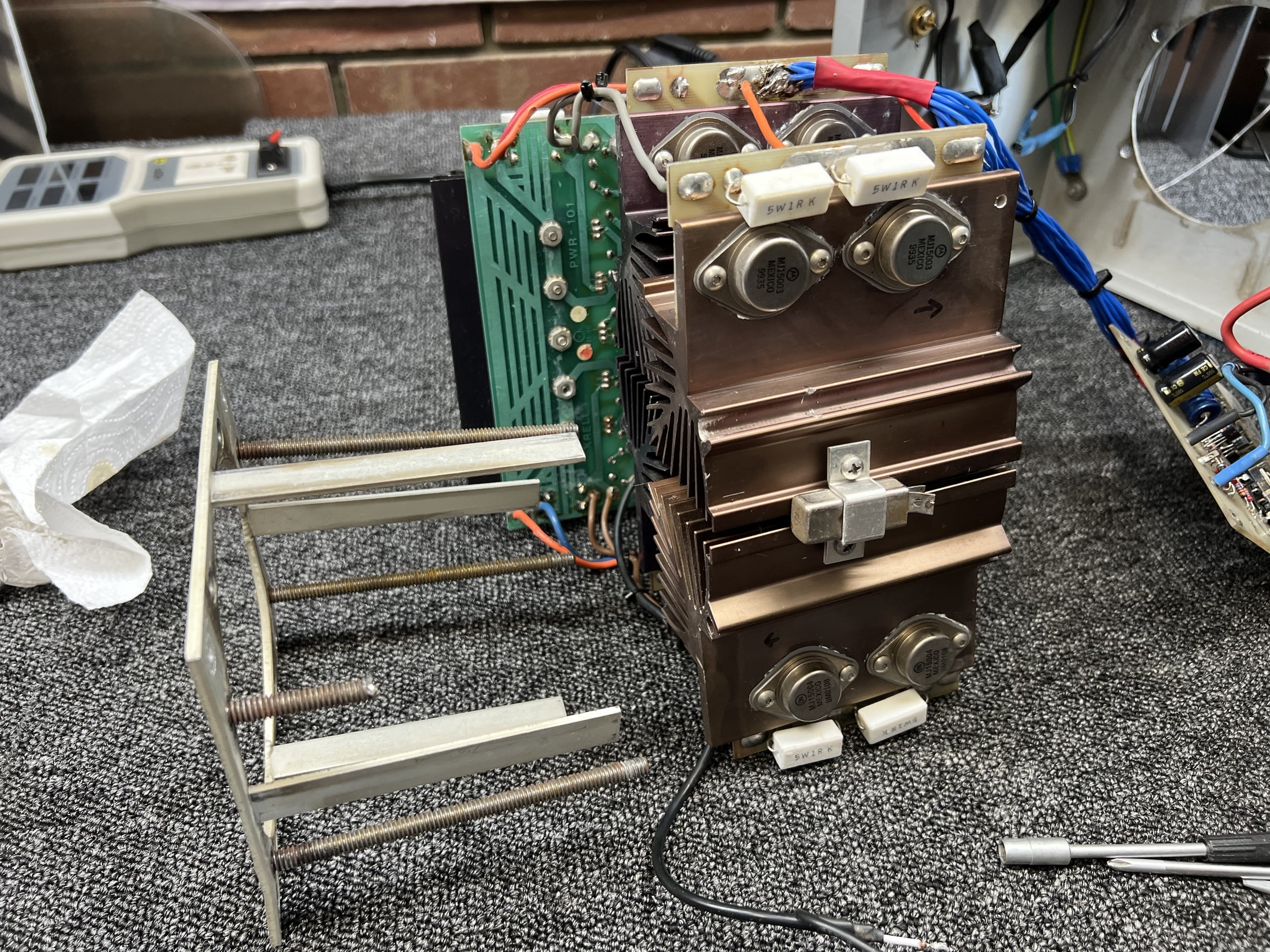
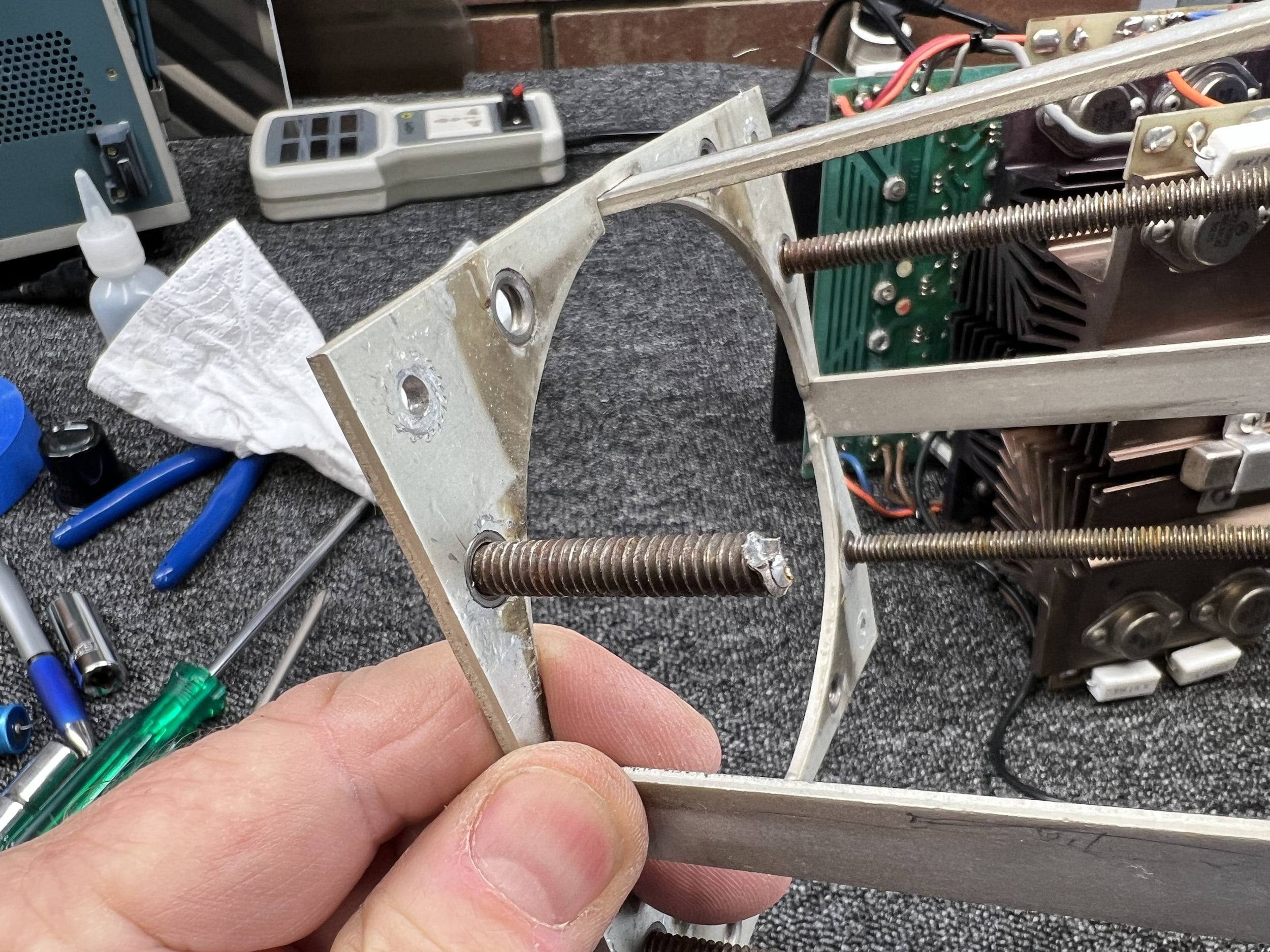
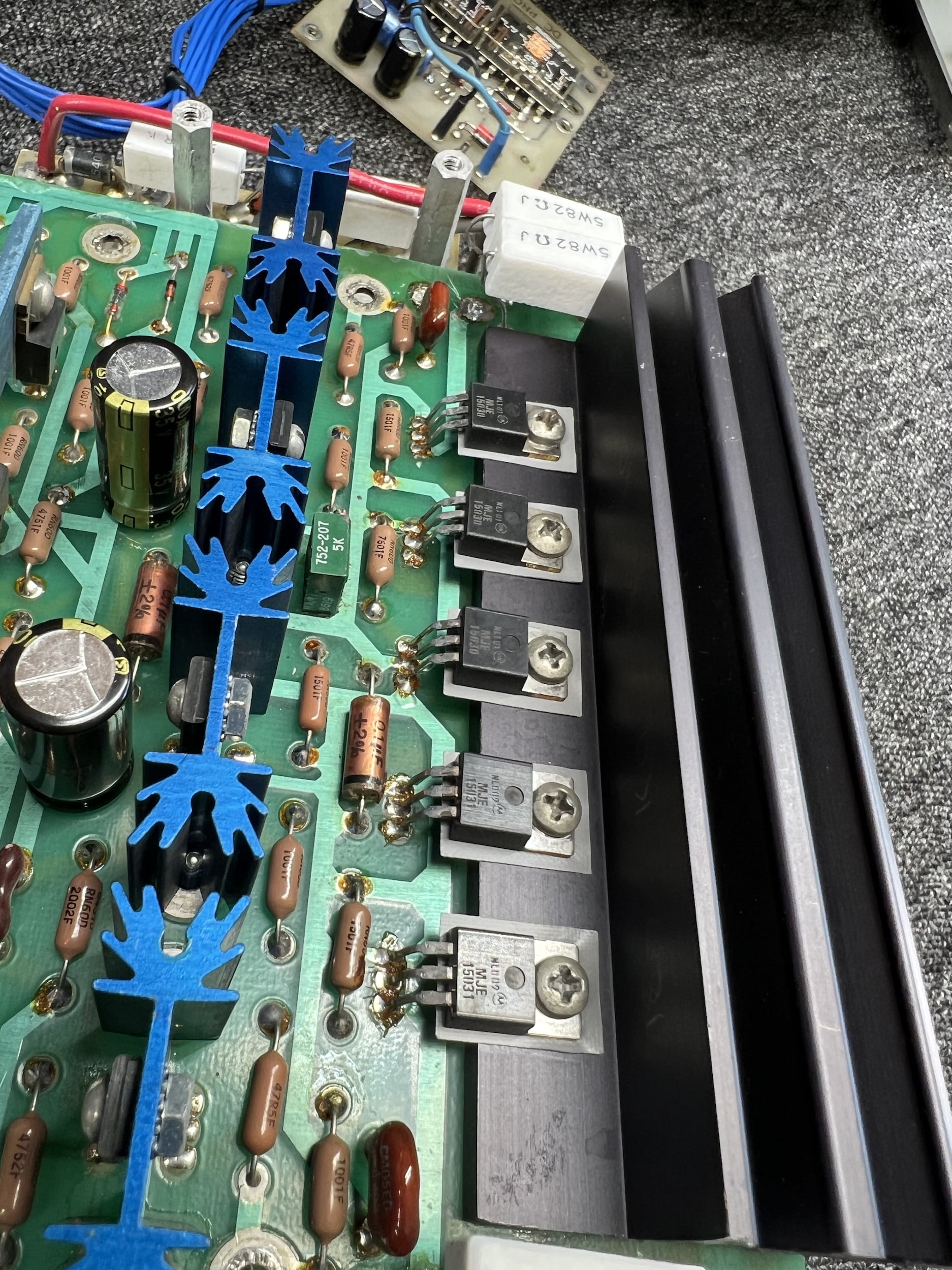


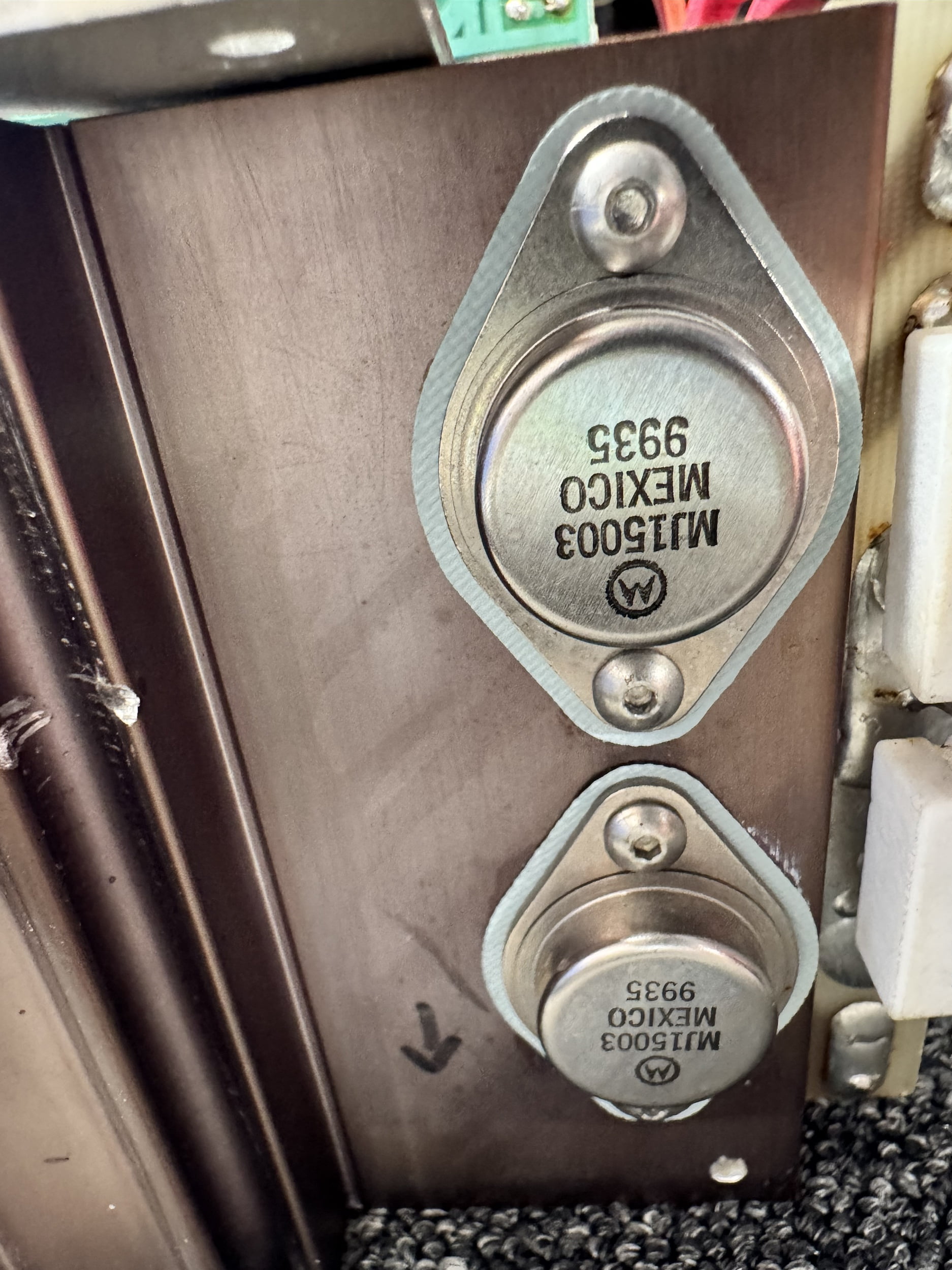
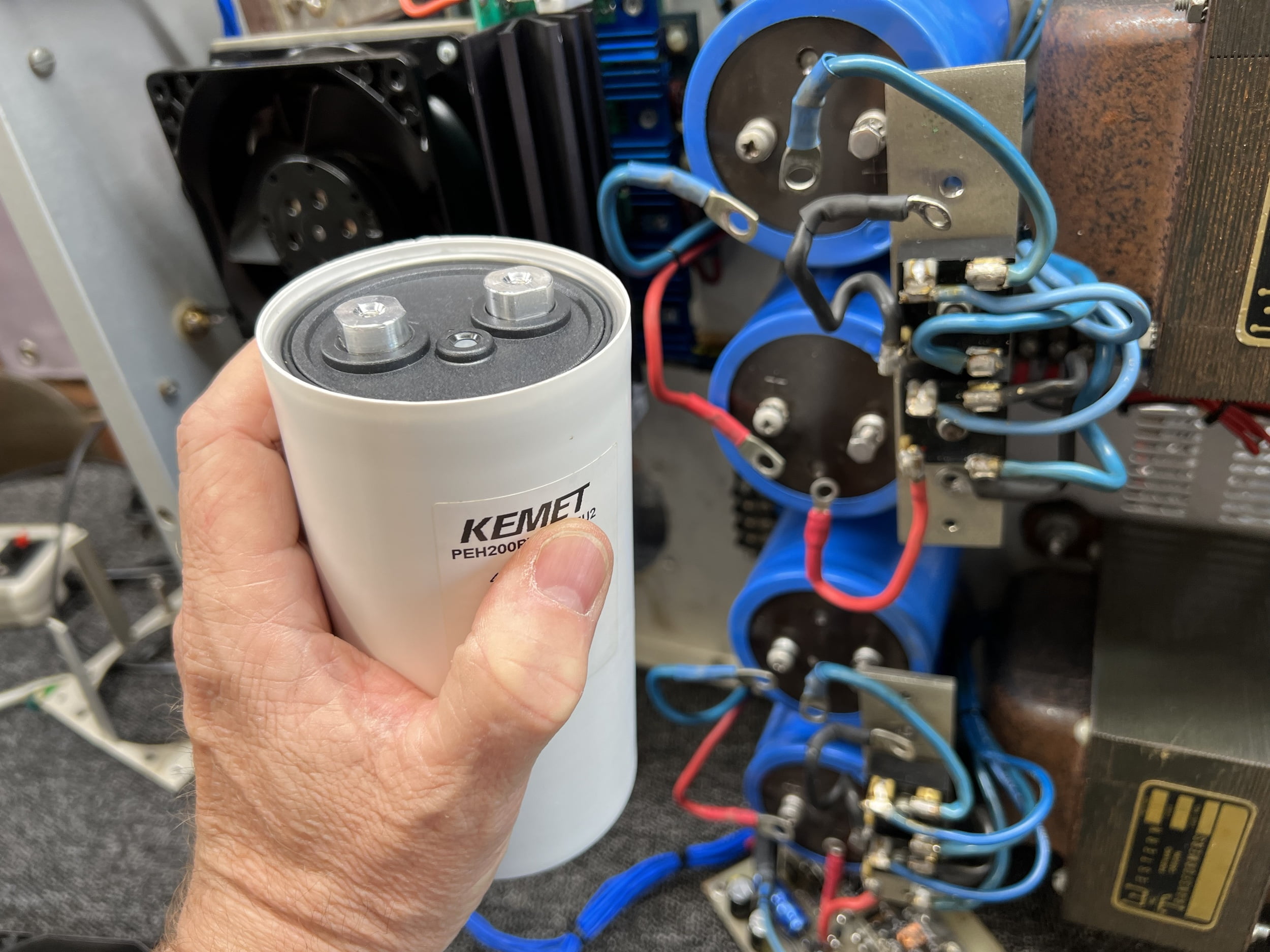


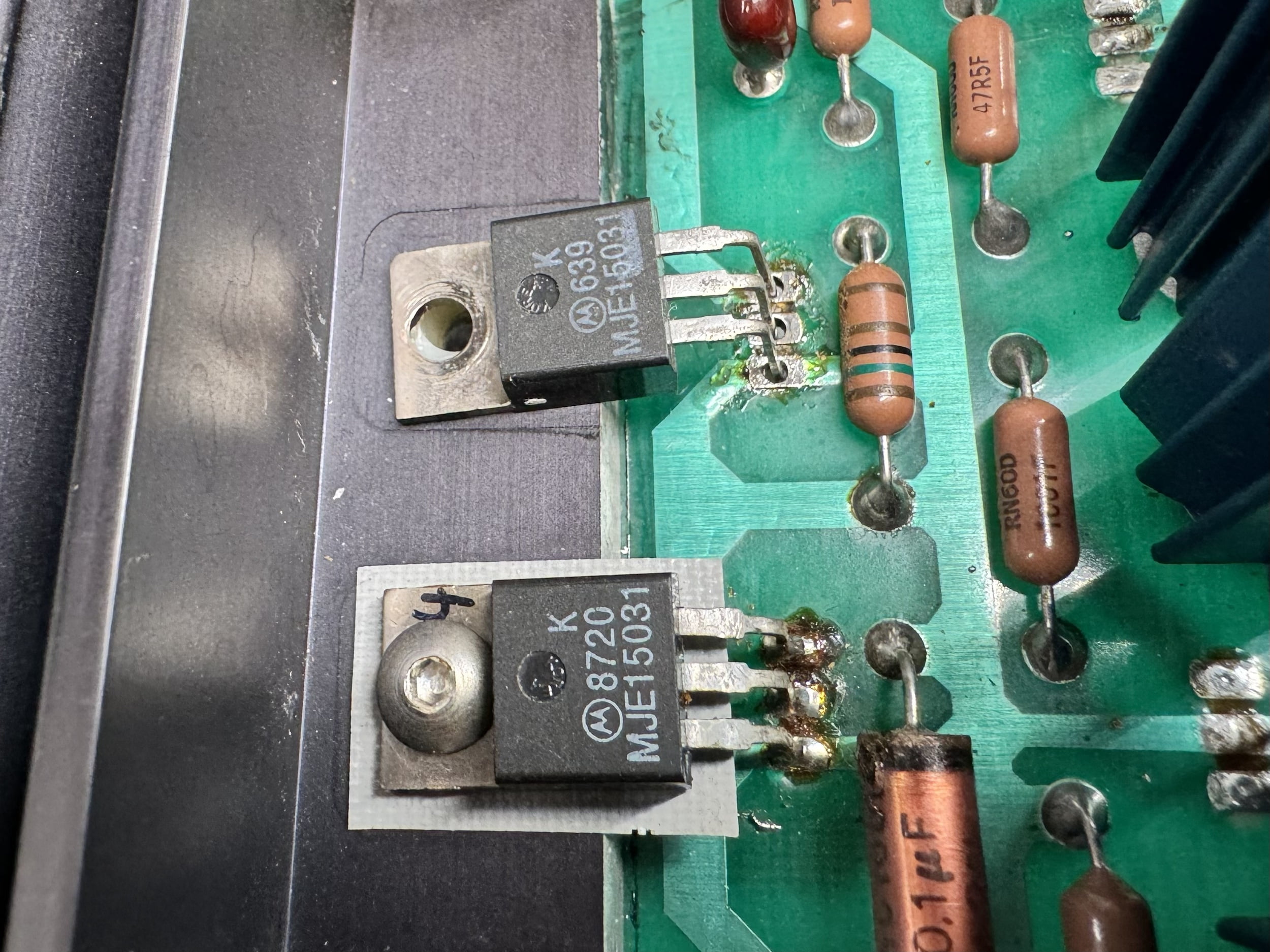
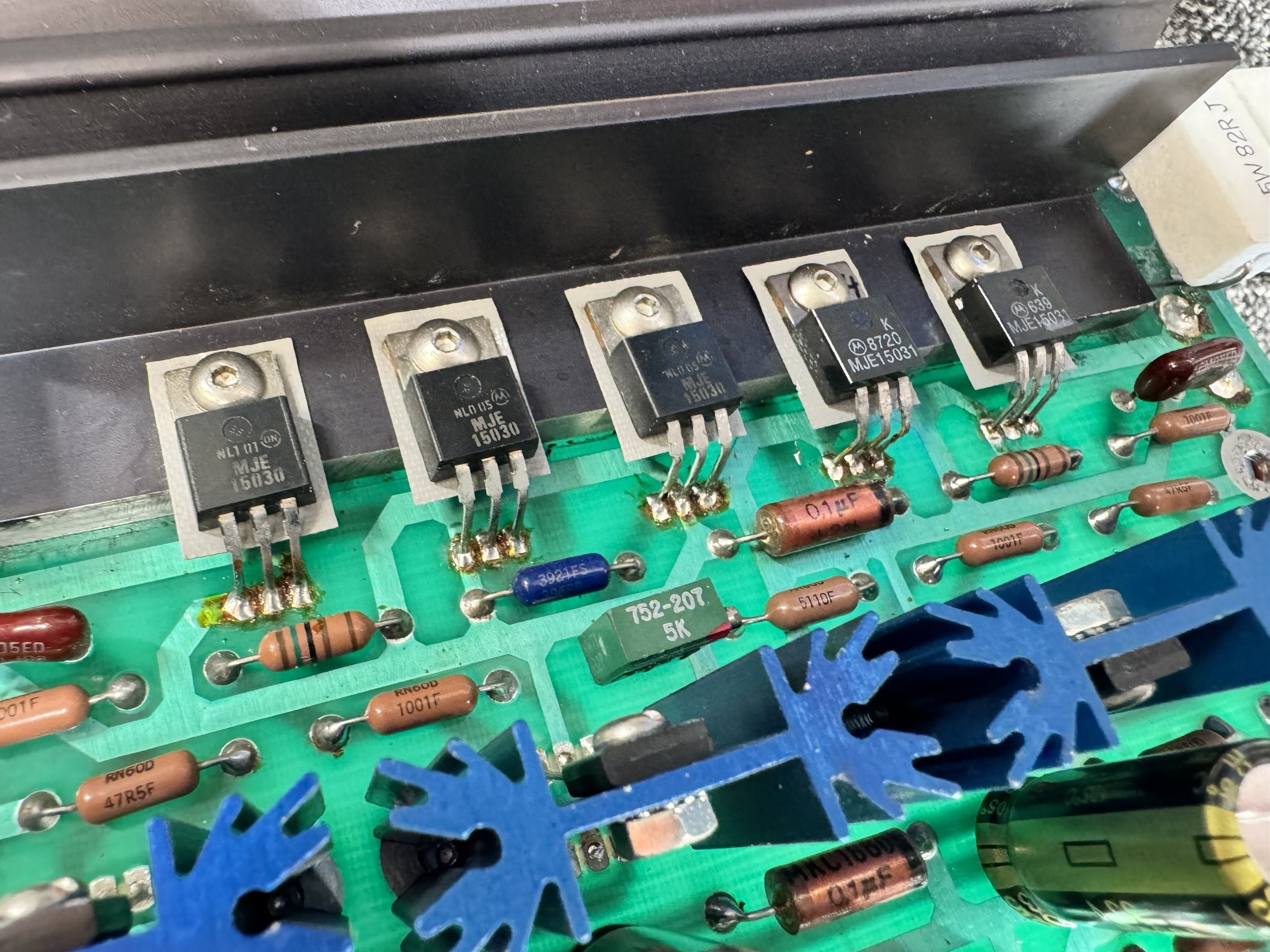
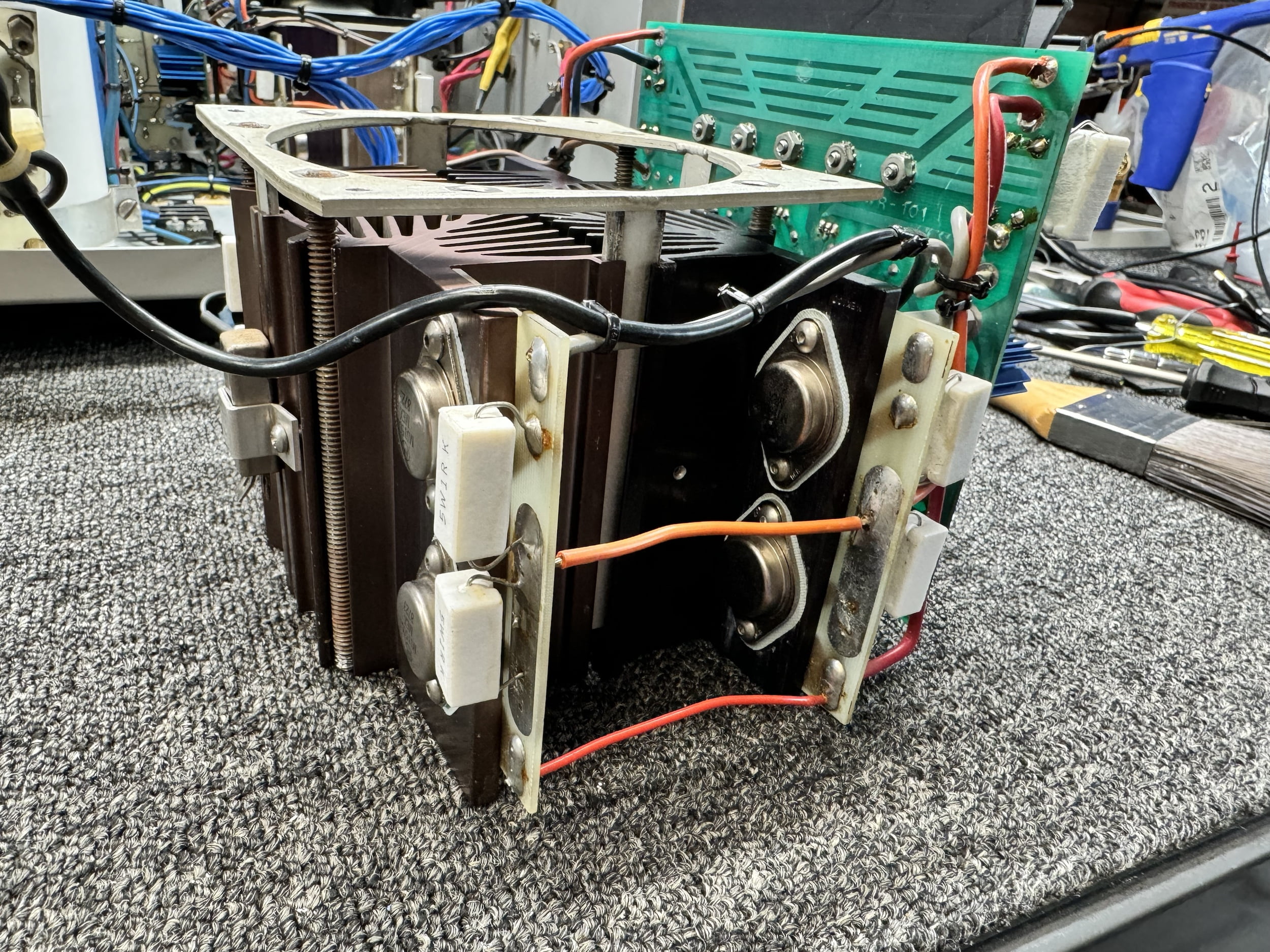
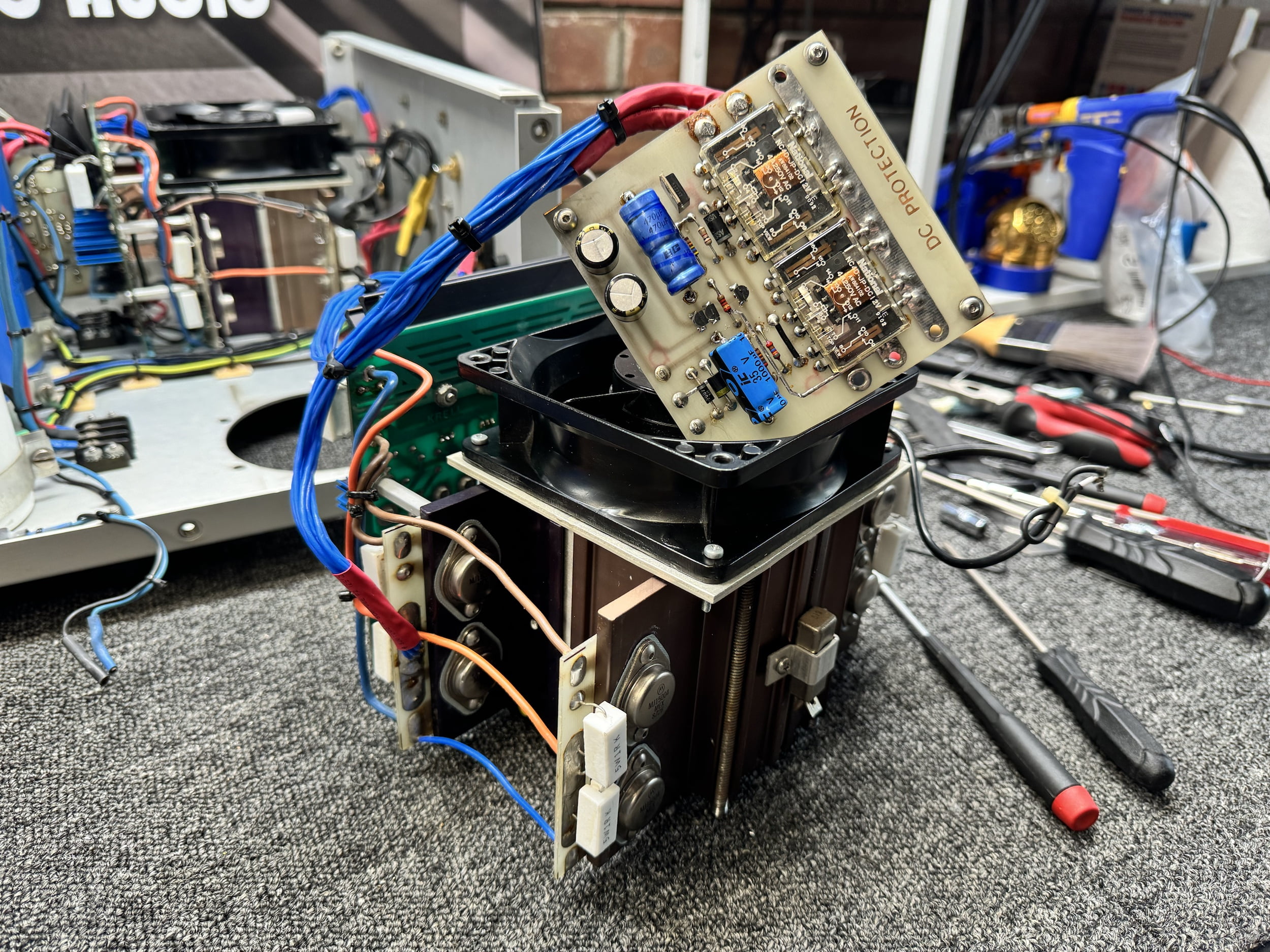

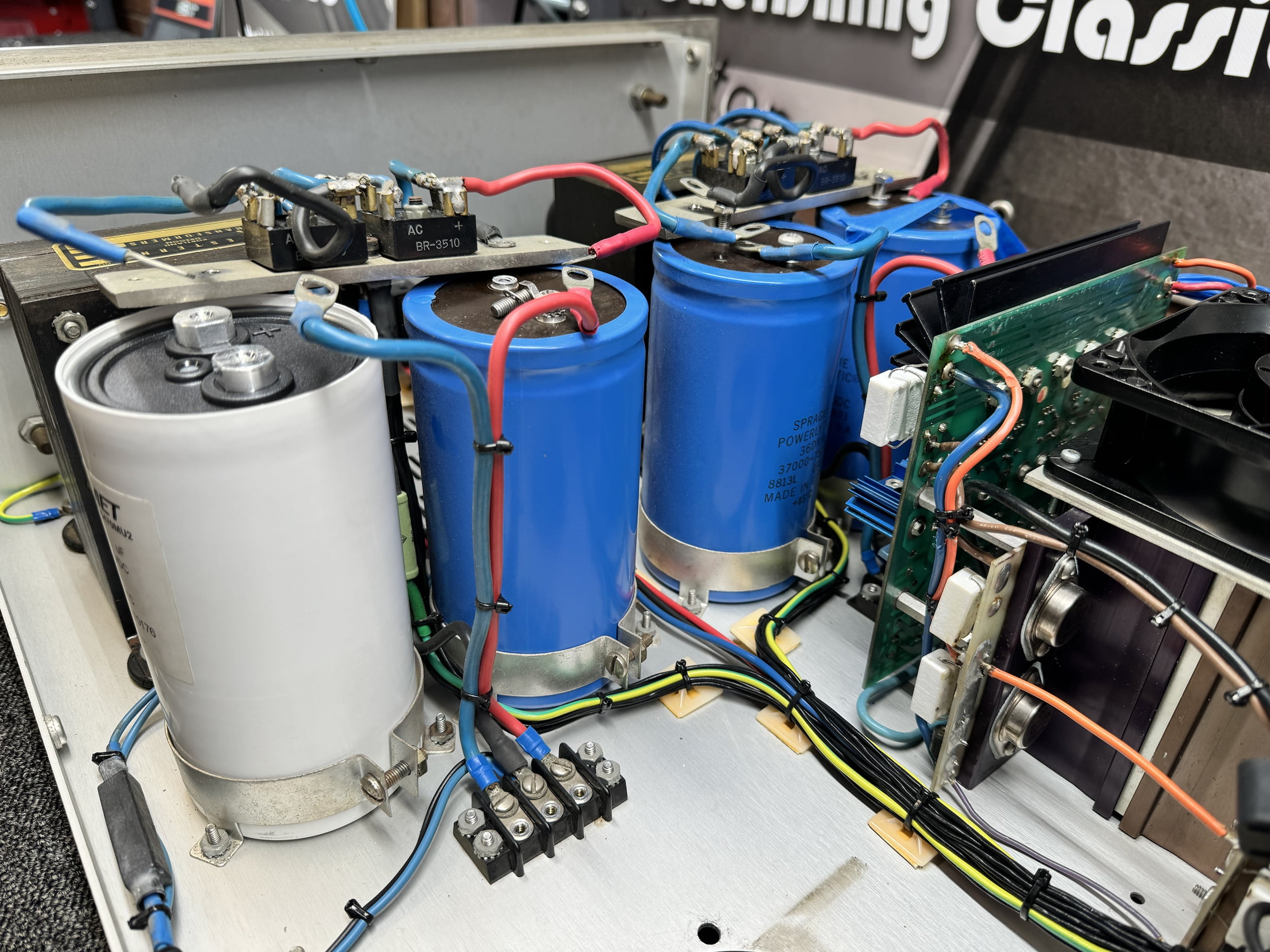

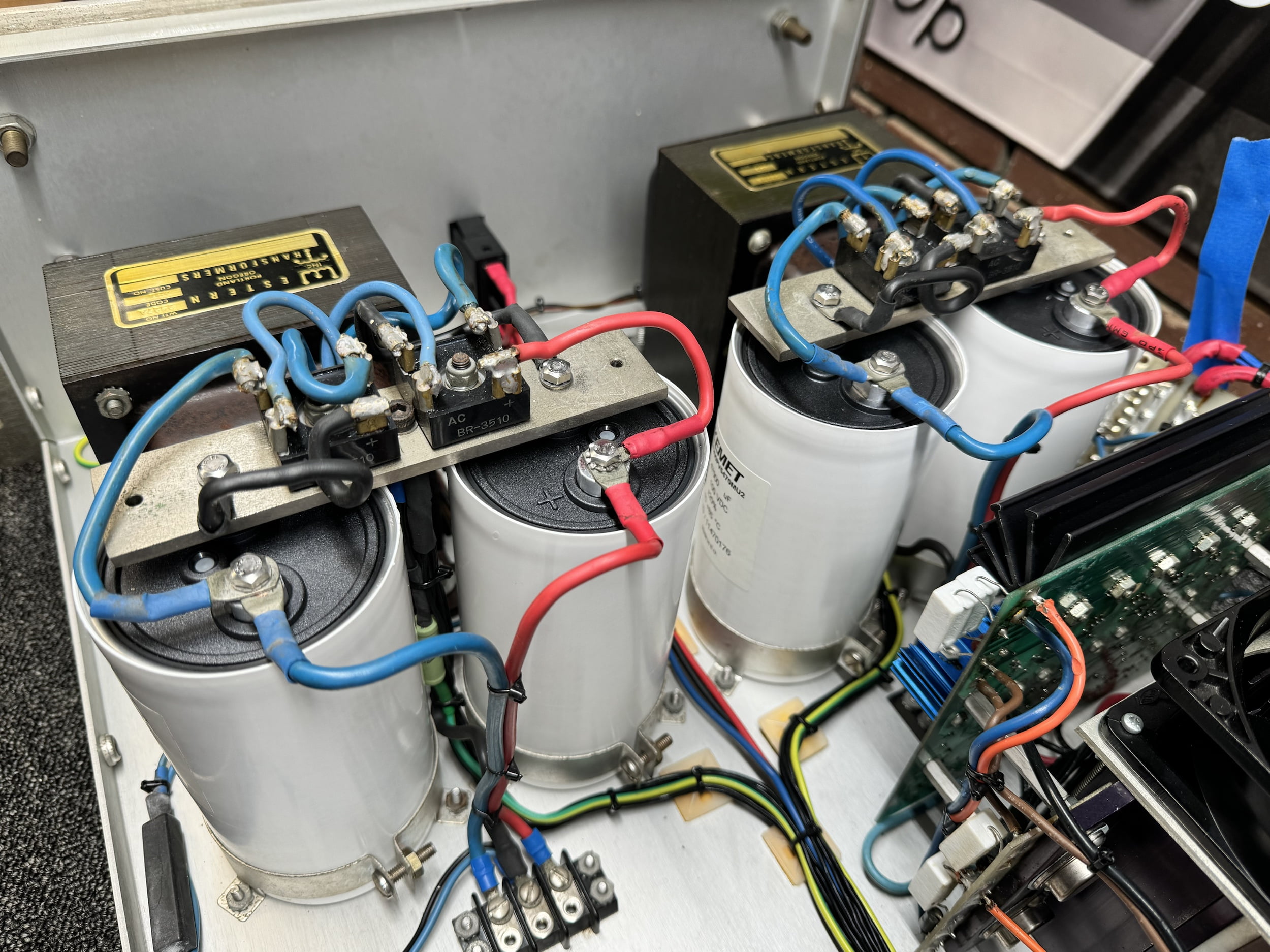
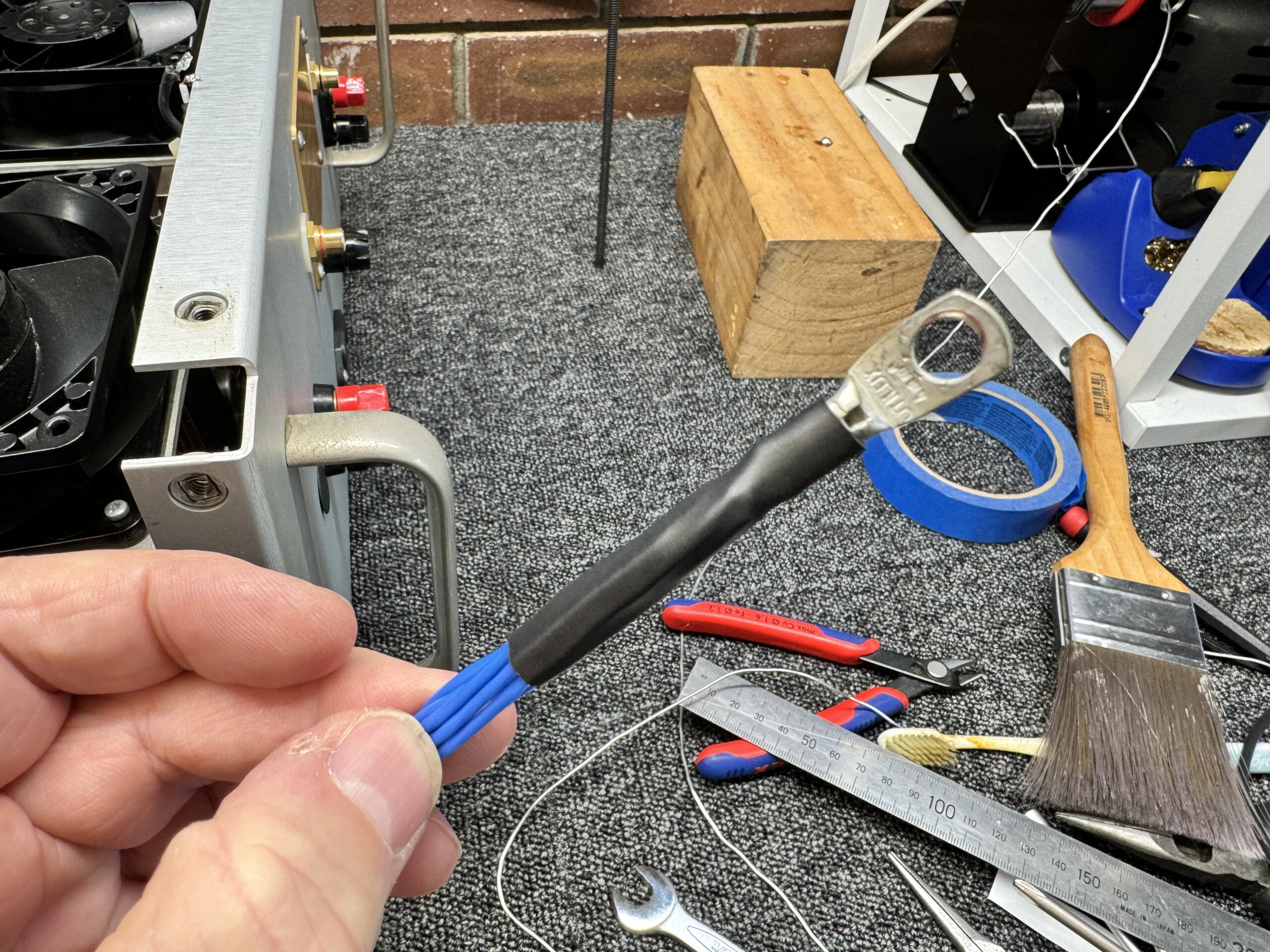
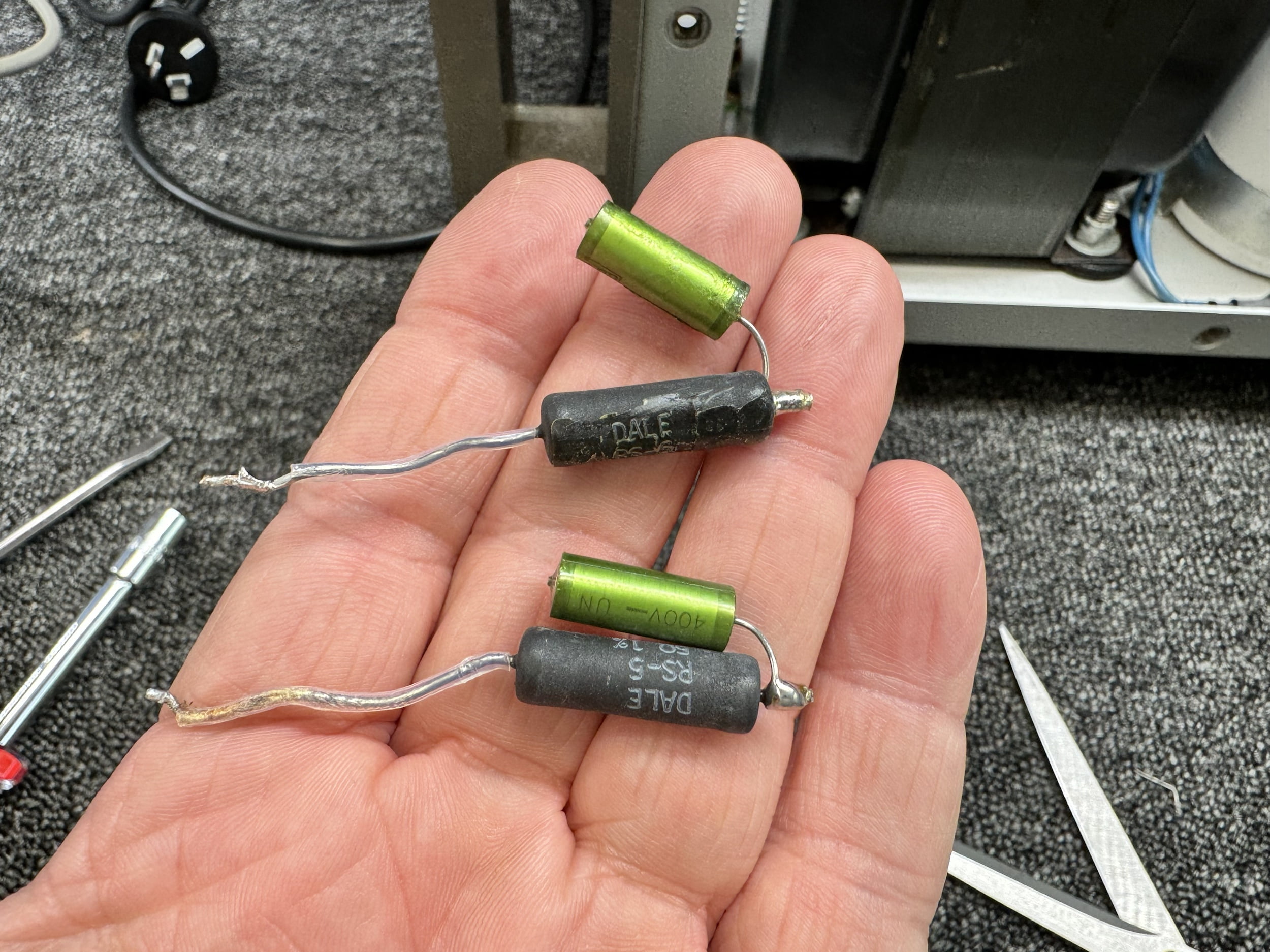

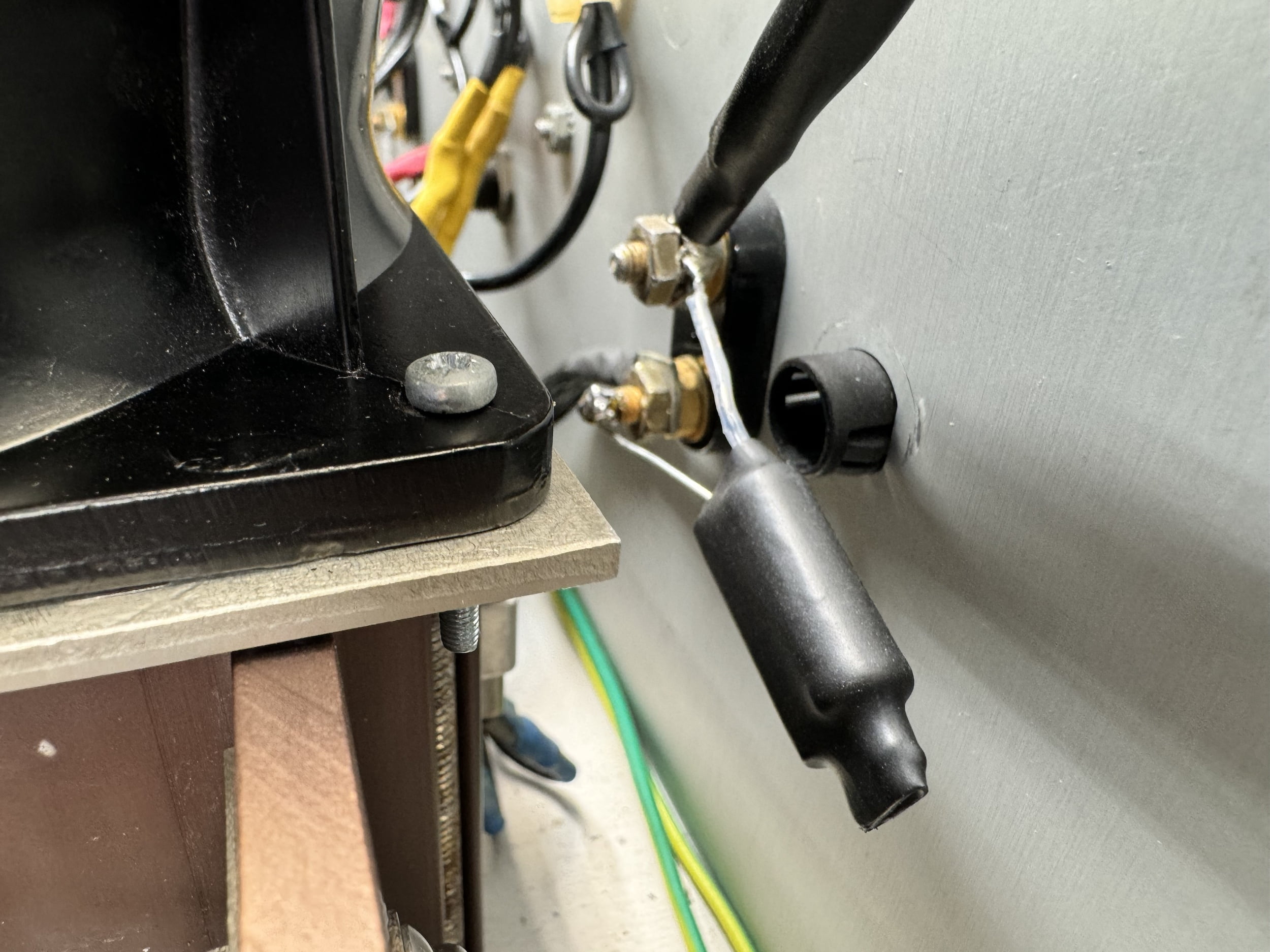
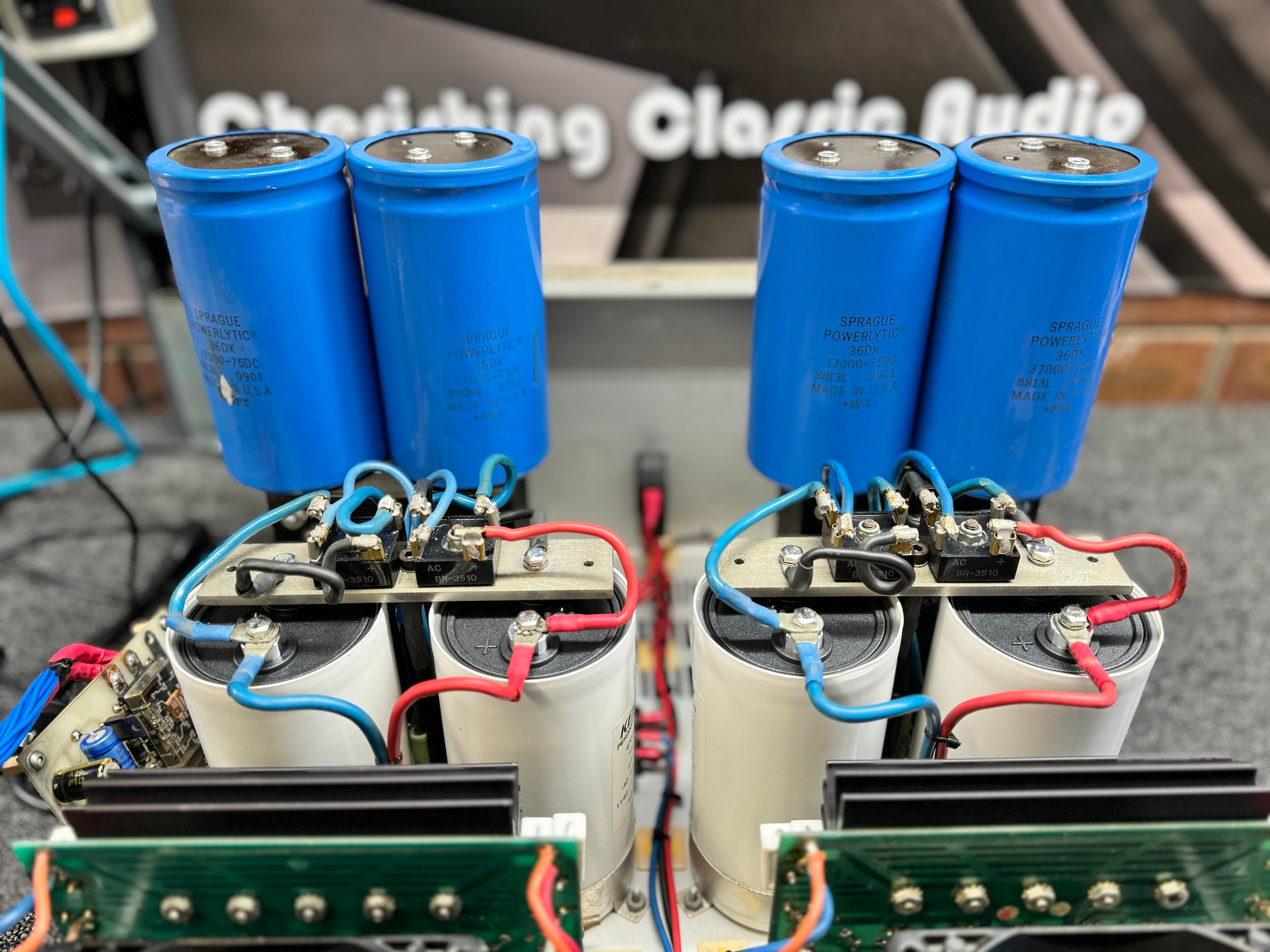
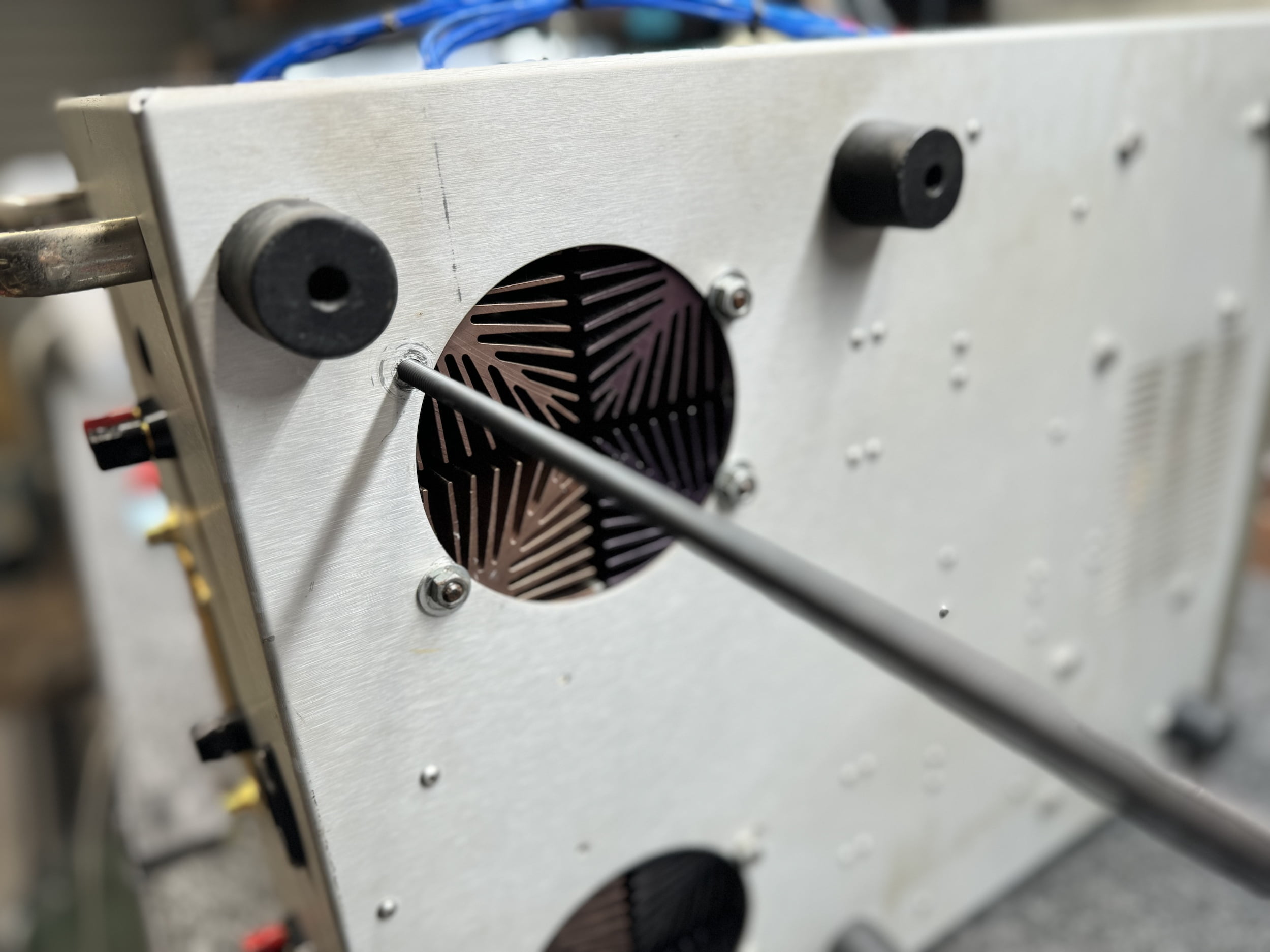
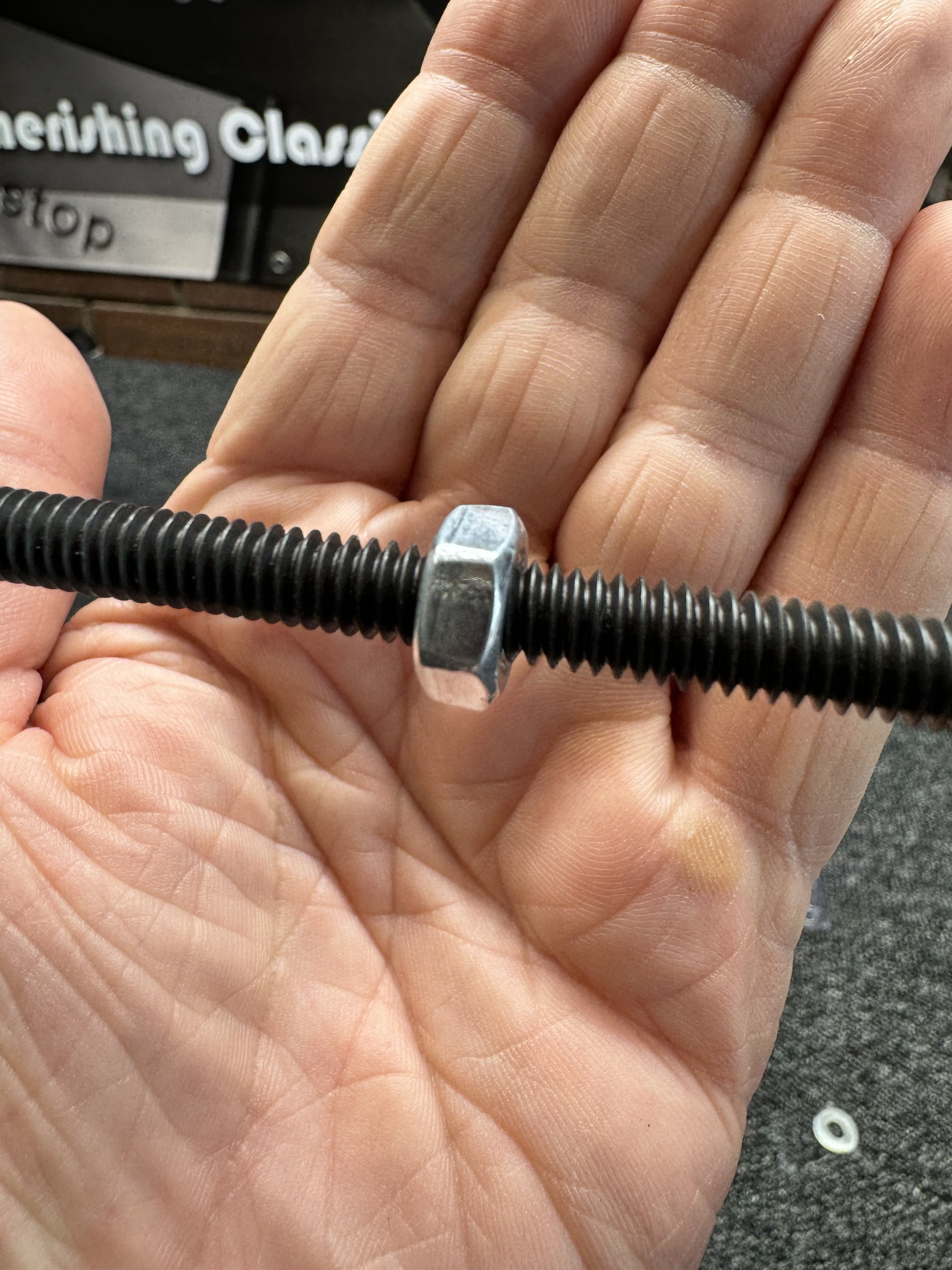
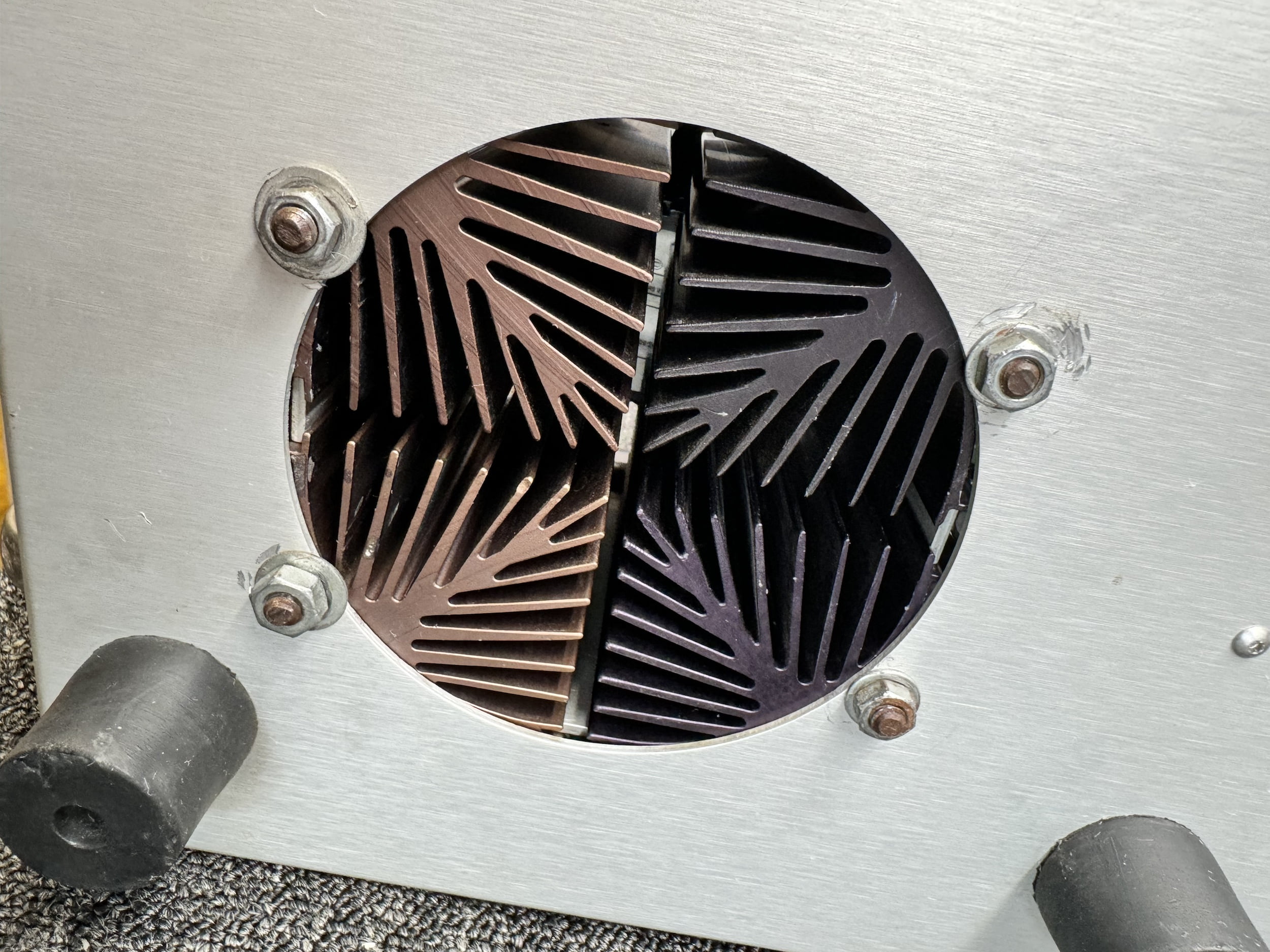
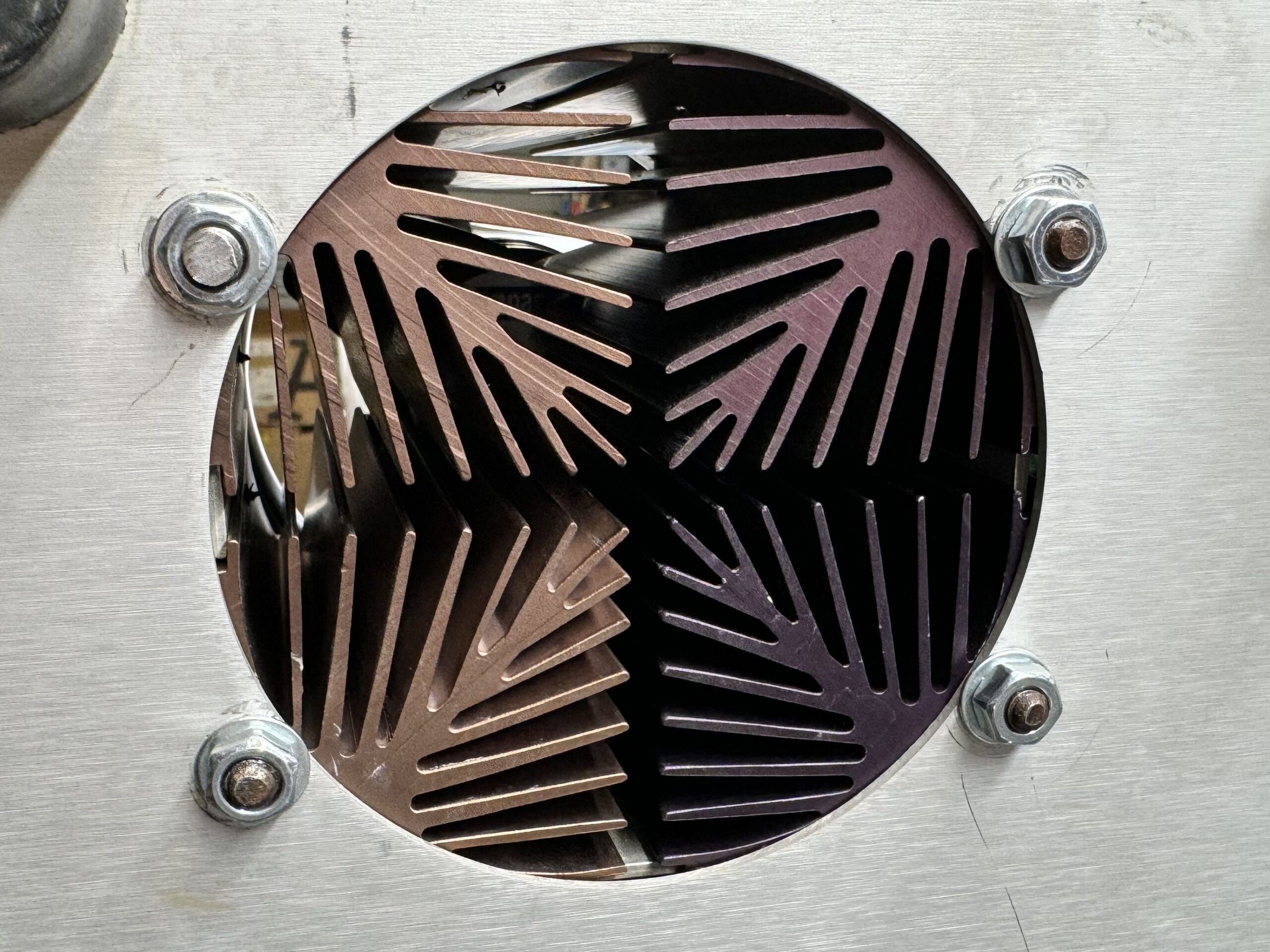

Bias Discussion
A little technical aside here for those who are interested in the details of standing current, idle current, quiescent current or bias. I’ve added this because there is misinformation out there on the interwebs about this, specifically about this amplifier.
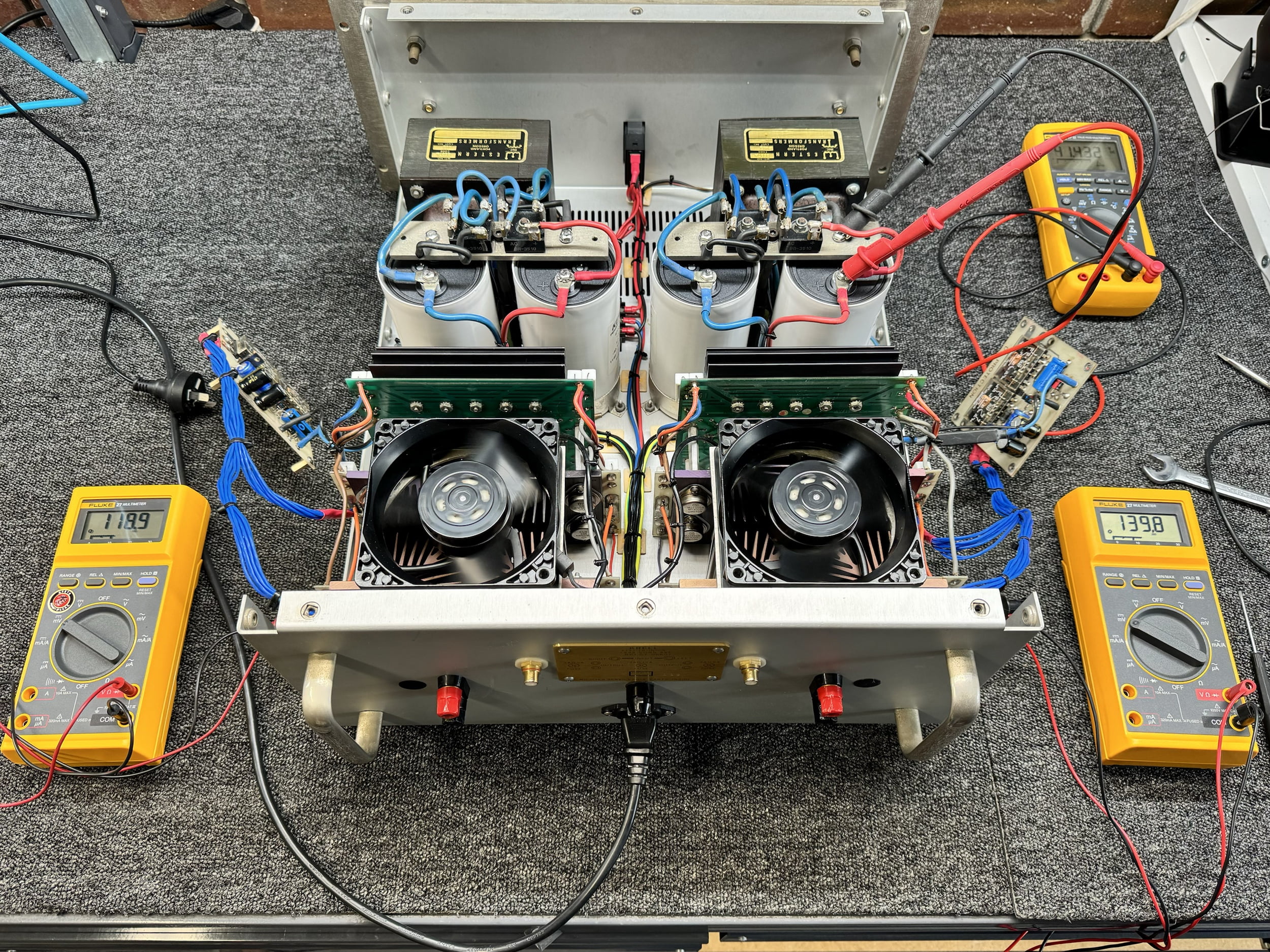
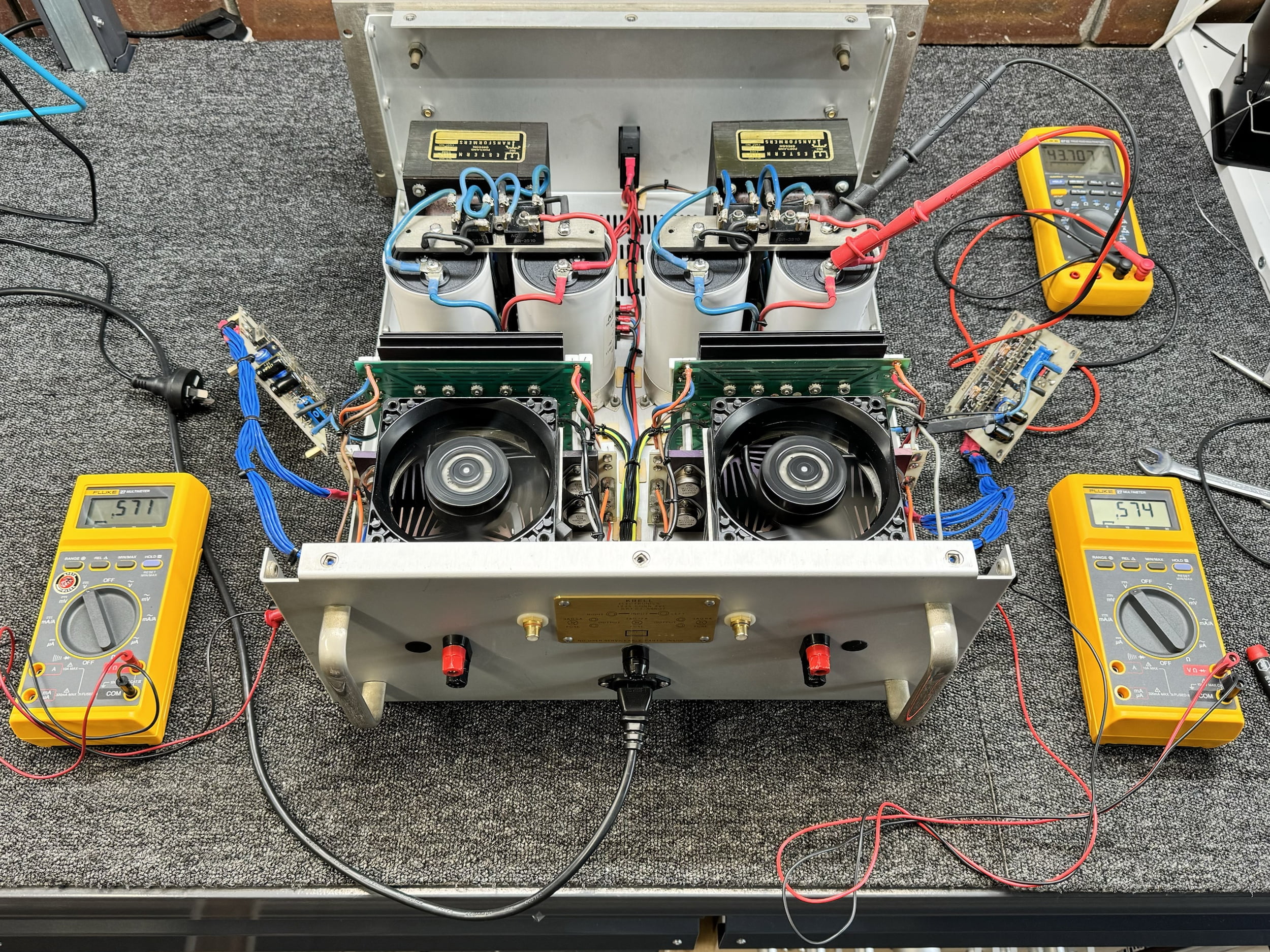
Now, why have I set quiescent current using 575mV across these emitter resistors? I’m glad you asked. Because the most up-to-date Krell service data, which I have and trust, says to set 575mV across the emitter resistors.


Why, then, have I posted manufacturer-supplied in-confidence service details when I never normally do so? Well, this article was linked in a Krell forum and, whilst there’s overwhelming praise for my work, thanks to those who enjoyed it, a late-comer Krell employee or supposed ‘expert’ deemed the quiescent current value I’ve used to be “wrong”.
Let’s dig into that, but spoiler alert: 1) I’m not known for using incorrect data or processes, 2) If I’m wrong, it also means the official service data is wrong, and 3) It can be disappointing to discover that a company you loved changes, for the worse.
The point was made that these are old documents. Yes, it’s a 40-year-old amplifier, but what’s the point here? The value doesn’t change with time. You’ll note the 2004 revision date of the document. This perfectly correlates with my older 1980s documentation for the Mk 1 and 2. The bias figure I’ve used specifically applies to the post-1983 versions of the KSA 100 and is the only figure that should be used.
The various Krell factory documents quoting this specification are the closest thing we have to the original design intent and specifications. Any ‘error’ would have to be taken up with Dan D’Agostino, and until he chips in, we have no better source of information for this amplifier than the original factory service documents. This is indisputable.
A figure like this is a technical specification. Any deviation from it takes us away from the original design intent and, more importantly, the amount of class A power available. This is engineering 101; it’s not anything to spend more than a minute thinking about, and there is no room for opinion on this, because it’s like the idle speed of a car. It simply has to be set to the correct value, and there is only one correct value.
Worth noting that when you do the calculations for where the bias should be for this amplifier, we arrive right at 600 mV. This is no coincidence. Someone at Krell may have revised the quiescent current setting for this amplifier, but halving it is outrageous. Doing so means this amplifier will no longer be a 100W class A amplifier.
You can’t have 100W pure class A from this amplifier, biased to produce 40W of class A. Using a bias figure of 200mV will yield a class A power output of around 40 Watts.
Total power output will not change, but the amount of class A power available absolutely will be less than half, as determined by math. One has to assume that Krell’s technical staff and others in that forum understand this fundamental concept, but do they? I’d rather not speculate.
Without more recent documentation from Krell technical writers, designers and engineers, no other figure should be used. Anything else is opinion, and opinion has no place in a technical discussion about bias current.
So, did I set the wrong bias? No, of course not. I’ve used the factory-specified and correct value. I’ll post any updates from proper Krell engineers here, but there won’t be any.
Now, I wonder how all the KSA 100 owners who’ve recently had Krell overhaul their amplifiers feel about having them become 40 Watt class A amplifiers..?
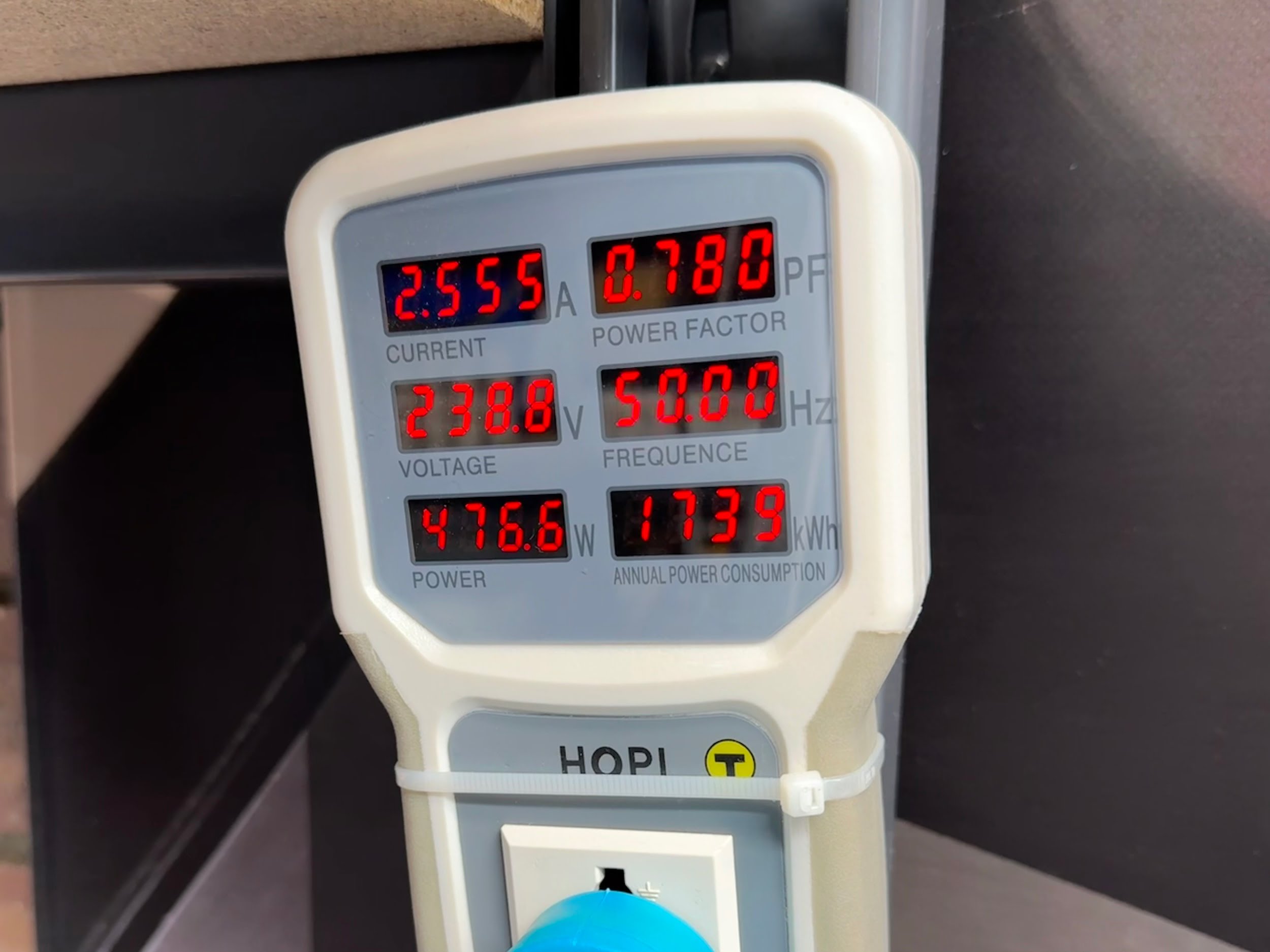
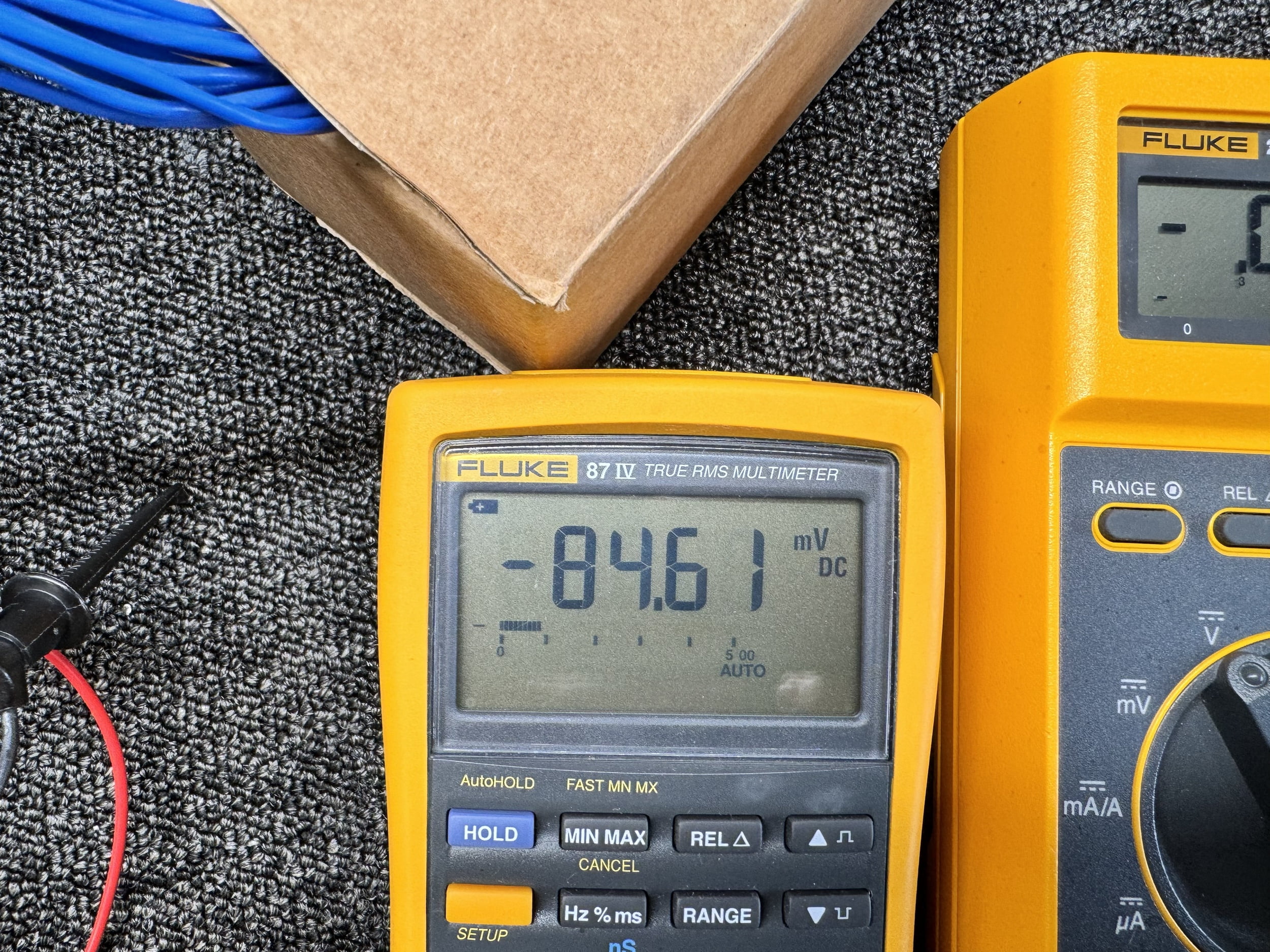
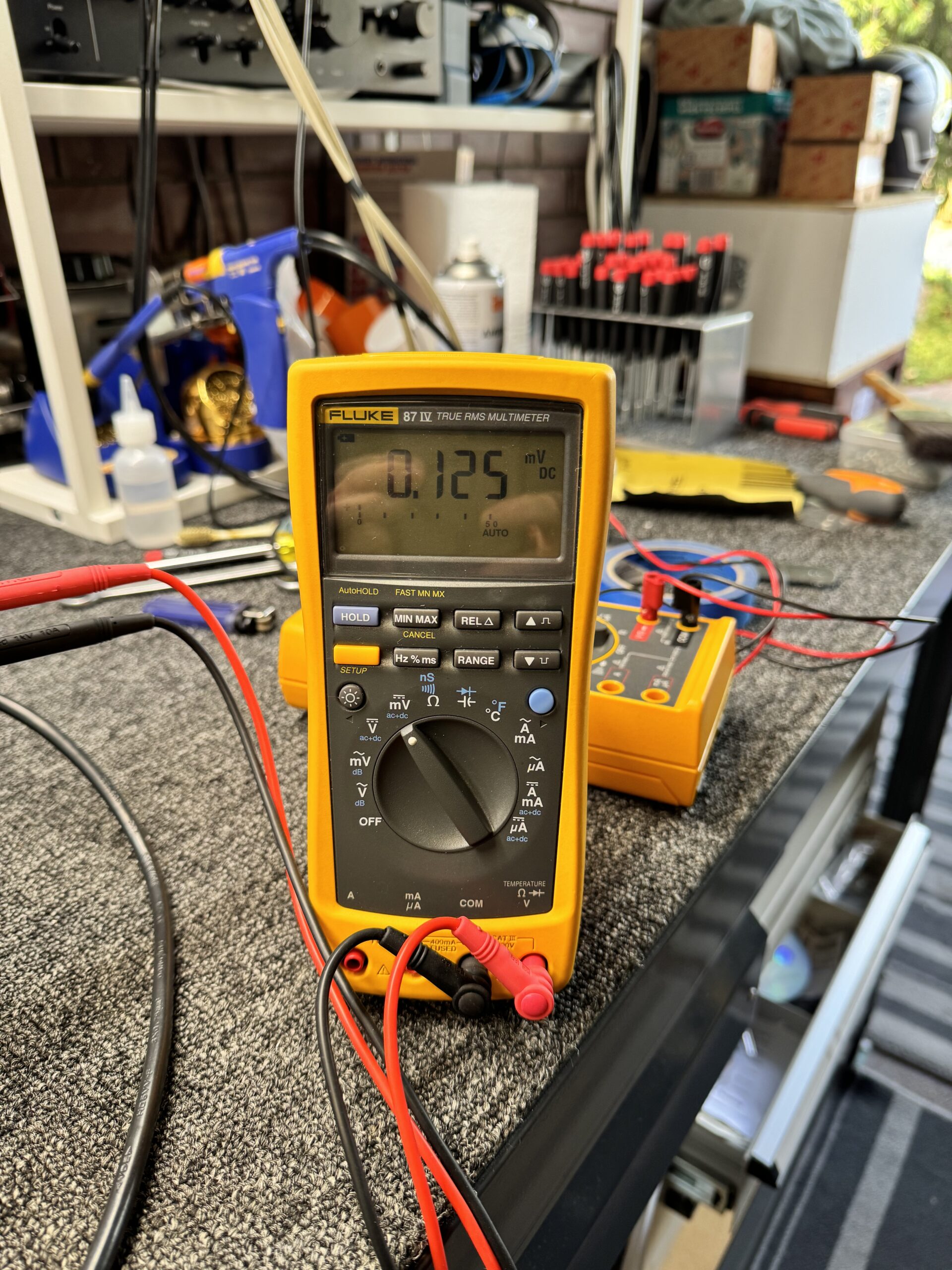
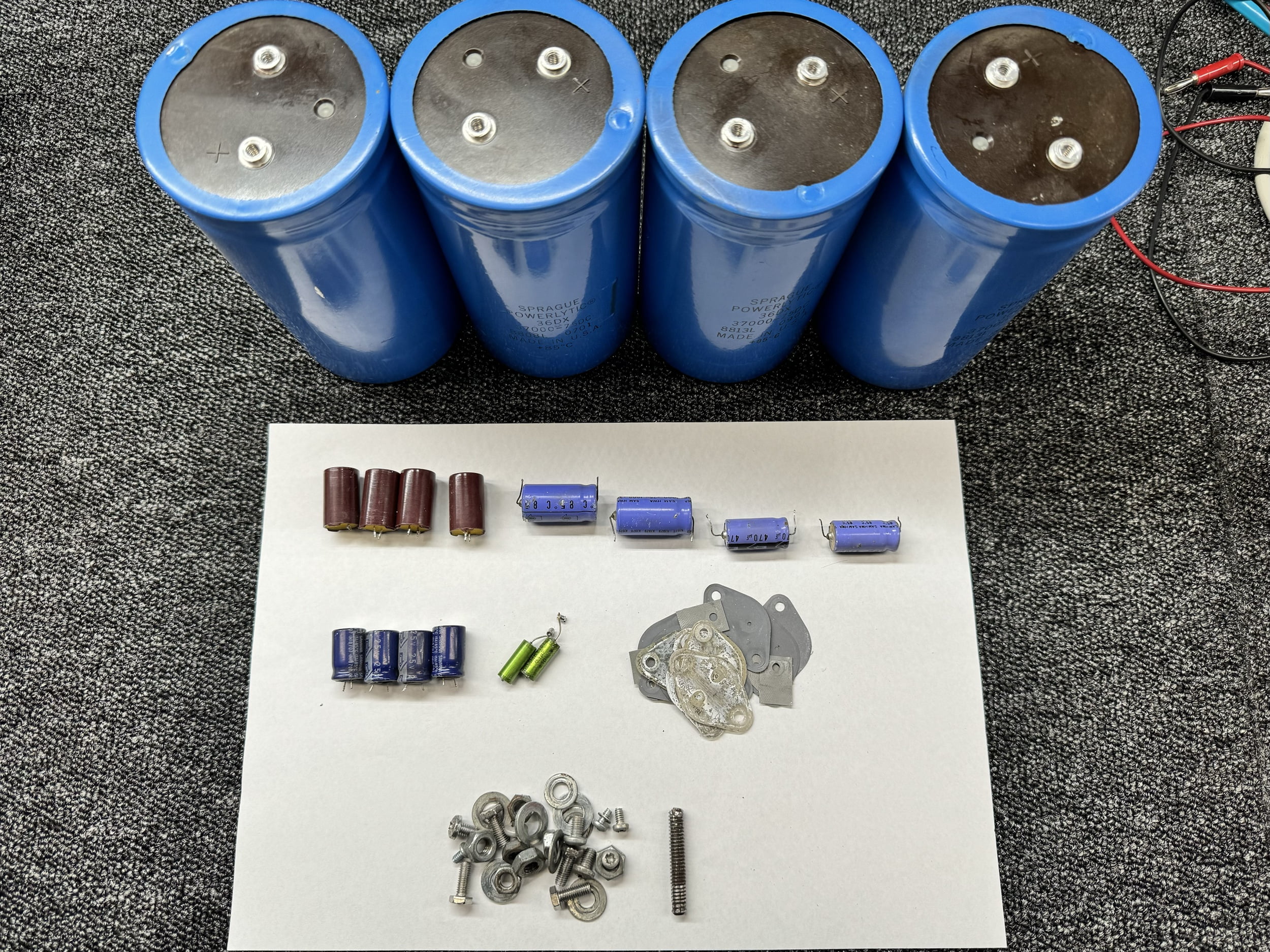
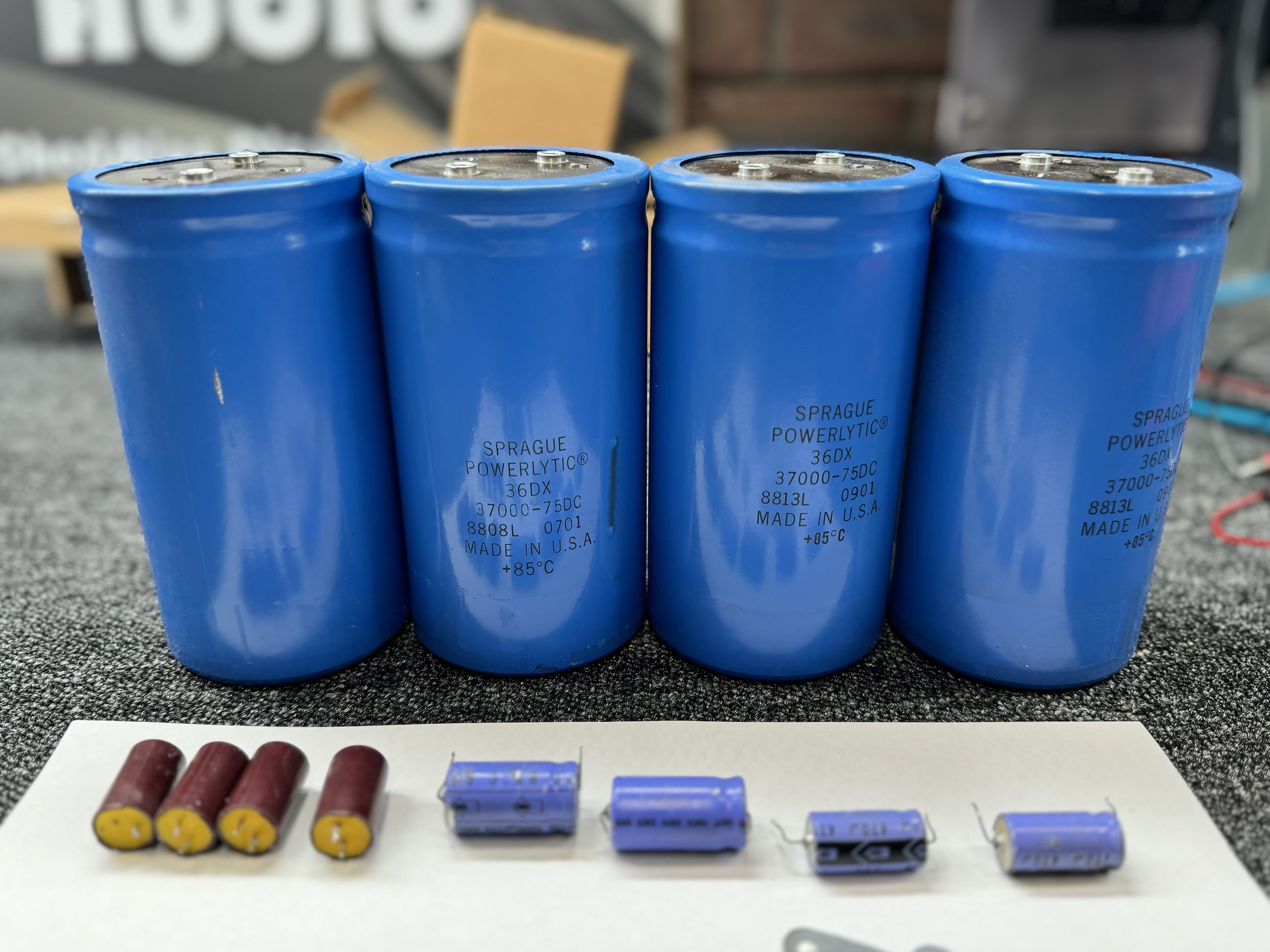

Results
With this deep service/overhaul/restoration work complete, I ran the amplifier for an extended test and had a good listen to her. Friends and colleagues know that I always say this – I can hear a really good amplifier immediately, even in my workshop, with my drum and live music ravaged ears, through the baby Yamaha NS-10Ms. This Krell KSA 100 is an excellent-sounding amp. It’s obvious within the first 5 seconds of listening.
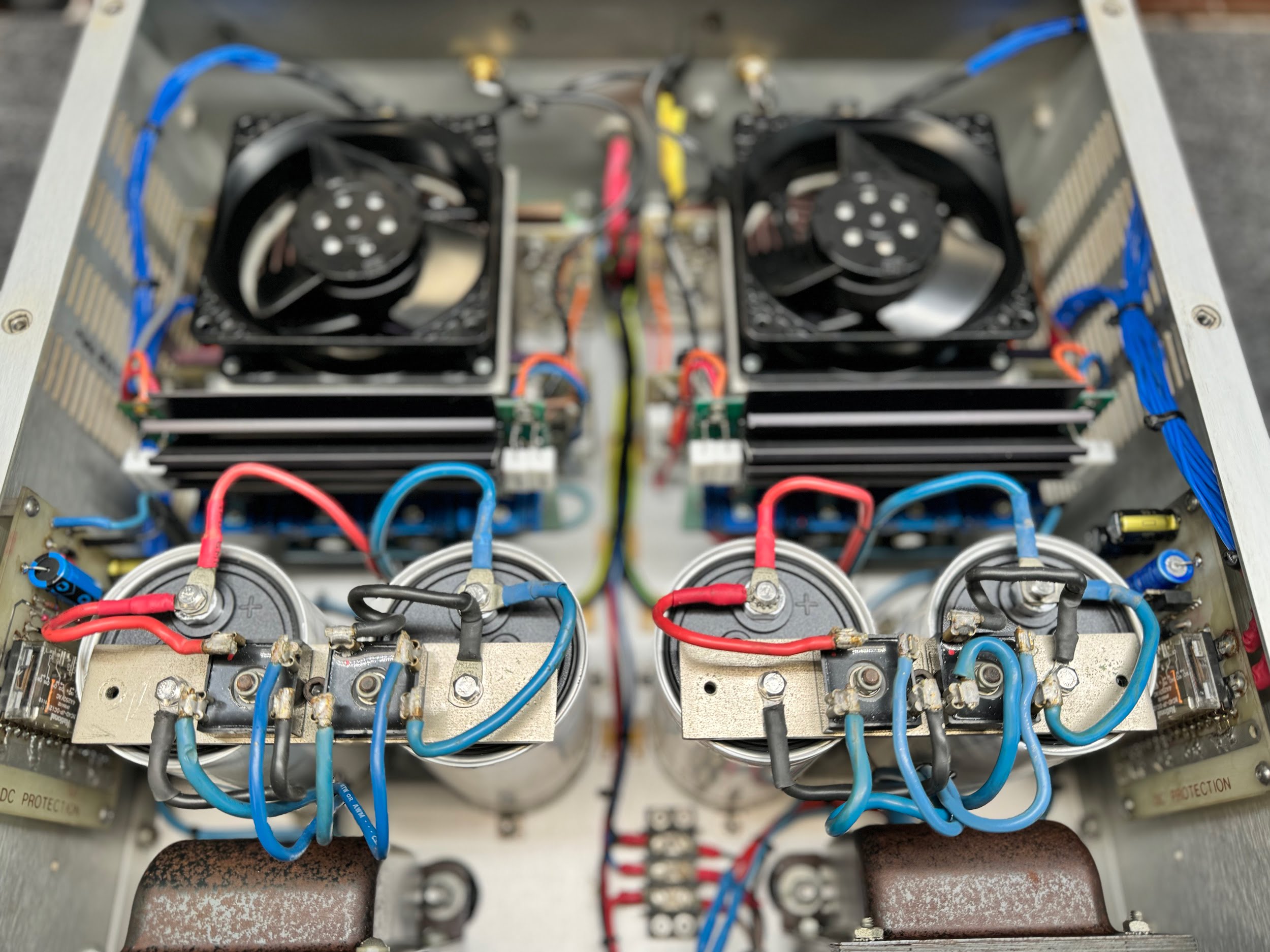
Thank you to her very patient owner for waiting quite a while for this one. It may or may not be obvious, but work like this is intense and rewarding, but quite draining. There is only so much of it that one can do at a time, especially when solving problems and working on really important pieces like this. For that reason, I can only do a couple of these a year.
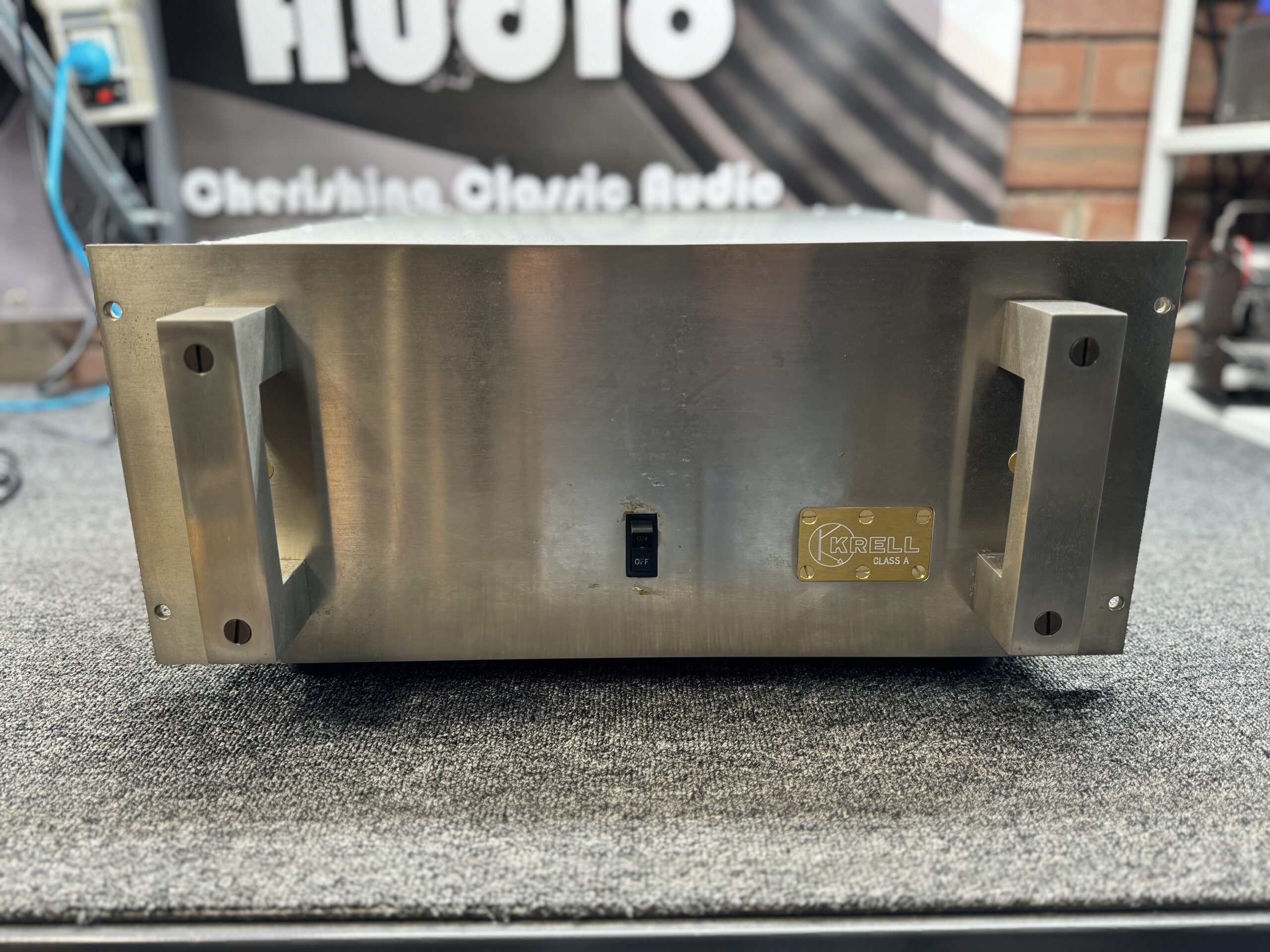
For those wondering how a nicely restored Krell KSA 100 class A amplifier sounds – in a word, s-m-o-o-t-h! There is a warm, fluid sound quality that one associates with class A equipment and which escapes even the better integrated and class AB amplifiers in almost all cases. A big class A power amp, even a bipolar device one like this, tends to sound warm and effortless, with a beguiling smoothness and fluidity that is immediately apparent, even on little monitors as I mentioned.
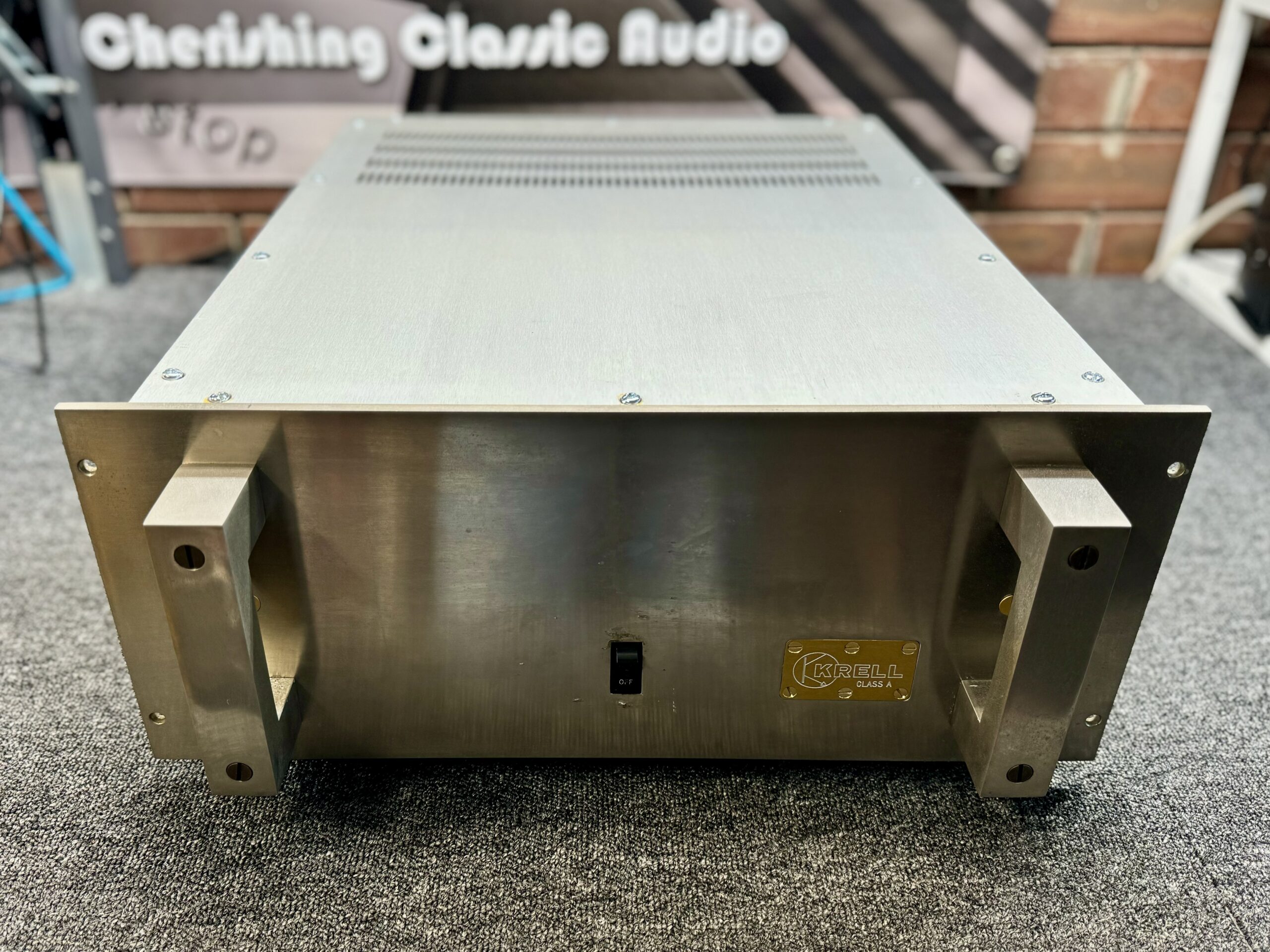
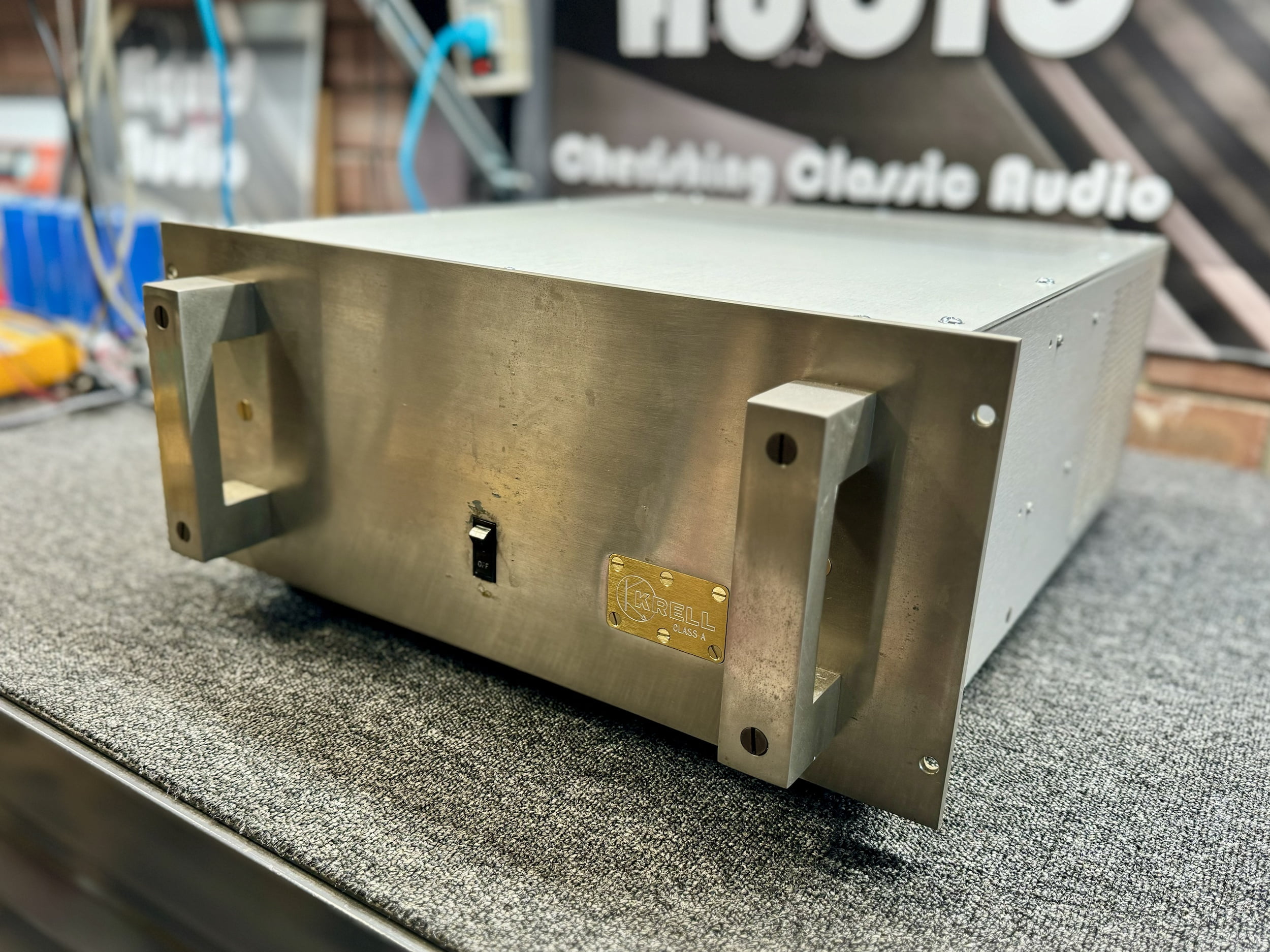
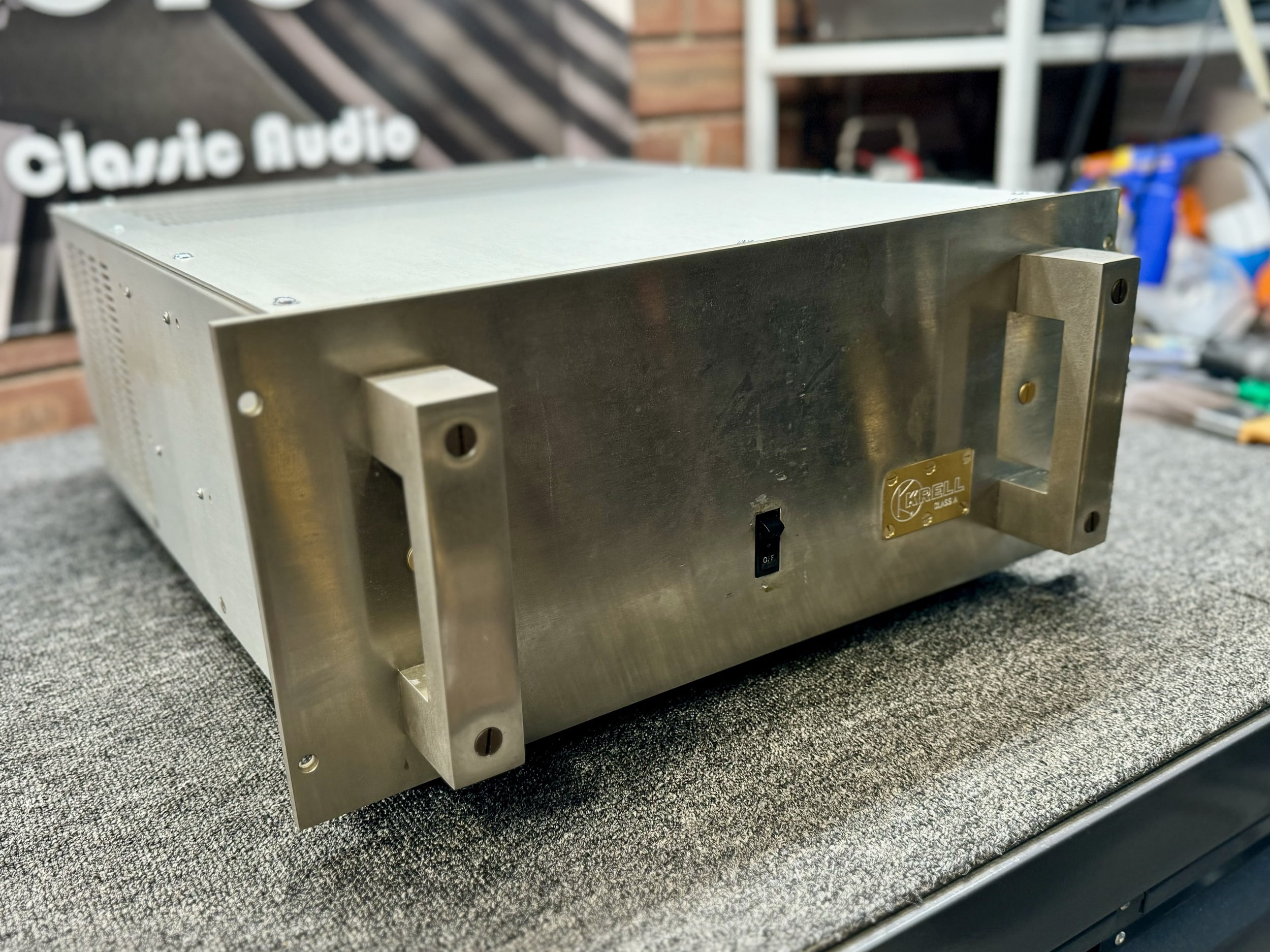
I’m confident that this lovely Krell KSA 100 will provide many more years of good service, for her current very happy owner, and maybe even the next one!

I hope you’ve enjoyed this article folks and as always, thanks for stopping by. If you appreciate the dozens of hours that go into work and creating articles like this and wish to shout me a drink, you can use the donate button in the footer.
If you’d like me to overhaul or restore your lovely old Krell KSA 100, KSA 150 or any other beautiful legacy Krell product for that matter, don’t hesitate to get in touch. I can’t promise to be able to do more than a couple of big overhauls like this a year, but those I do receive my full attention 🙂
Discover more from LiQUiD AUDiO
Subscribe to get the latest posts sent to your email.



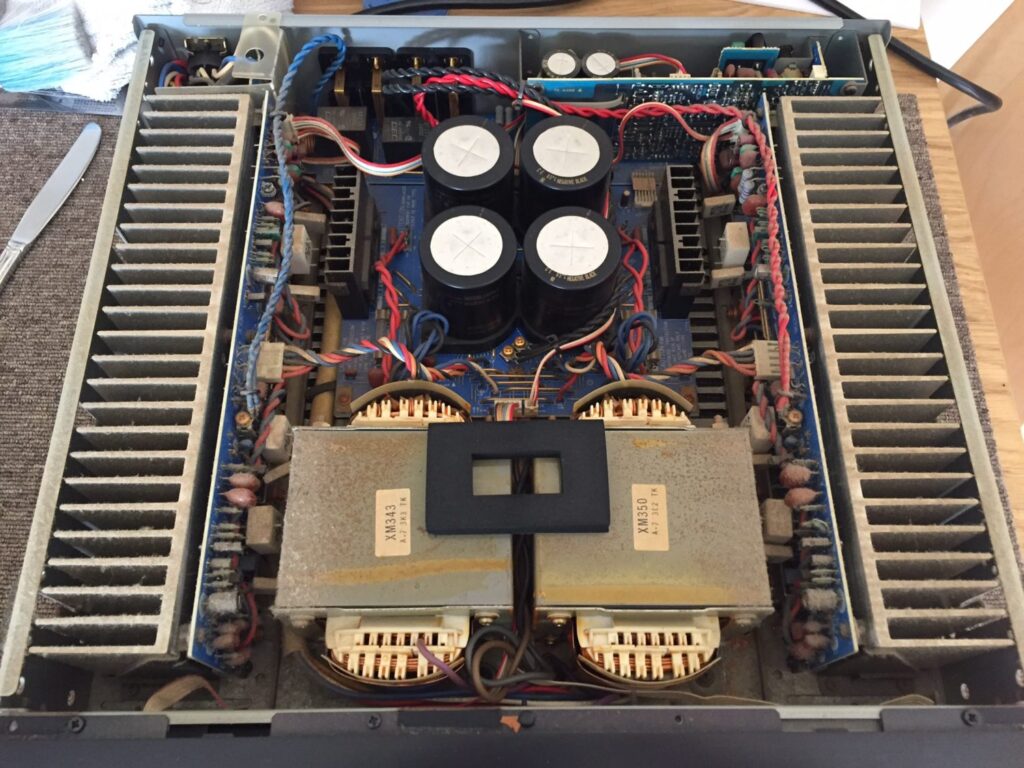
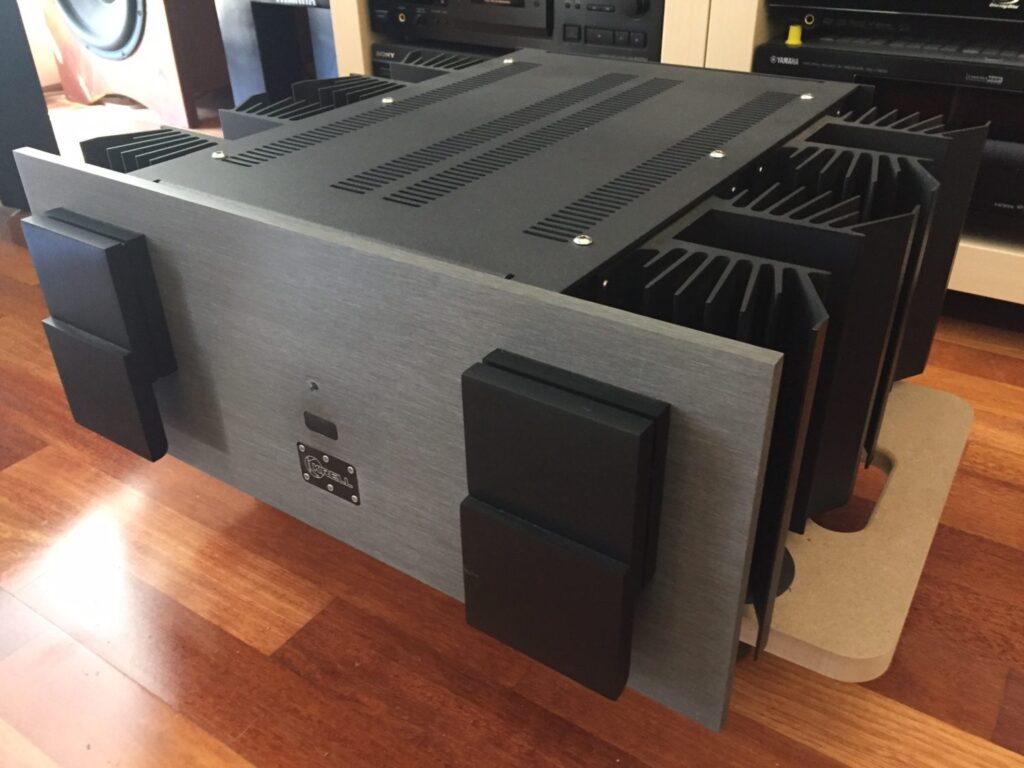
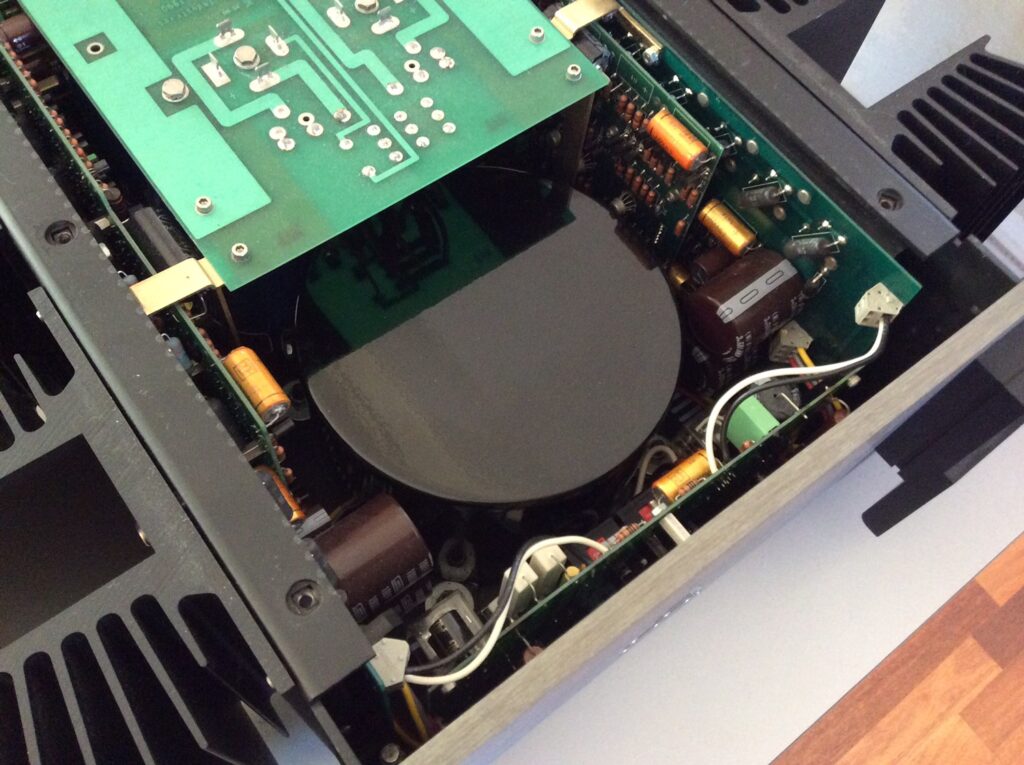

A very enjoyable article. You certainly take pride in your work.
Thank you Glen, glad you enjoyed this one!
Hi Robert, thank you and thanks for sharing this, I had not heard, my condolences to the Krell and D’Agostino family and community. I’ve not spoken to anyone there for a couple of years but sad news indeed.
Hi Mike,
Another fine job. Probably better than new.
Some sad news to report. I don’t know if you heard, But. Rondi D’Agostino, president of Krell Audio has passed away. Patrick told me she fell down the stairs at home. Krell is of course closed for the time being as she was the main owner if not the only one. This is very sad news as most will agree. I’m not sure if they will reopen. But some say they plan to.
Robt.
Hi Robert, thank you and thanks for sharing this, I had not heard, my condolences to the Krell and D’Agostino family and community. I’ve not spoken to anyone there for a couple of years but sad news indeed.
Sorry for the double post. I didn’t think the first one went through because of the link.
Truly sad. I hope Krell does reopen. I heard Rondi had hired a new manager and she was stepping down. But that was before the accident. Krell has been on a shoestring budget for a while. I own a KSA 250S a Duo 175HD, a Studio DAC and a KBL. I’ve owned almost every amp from the KMA 100’s till now.
You do a great job. Wish you weren’t so far away.
Best
Robt.
Thanks Robert and no problem, I’ll delete the copy. Yeah I’ve not contacted Krell since the request for service data I mentioned back in 2023, but it’s a shame what’s happened to the company. They produced some of the most spectacular and outrageous amplifiers and other gear, but like many, the ‘home cinema’ and SACD rabbit holes really hurt them. Those processors the many dead SACD players and some later amplifiers that aren’t a patch on their old ones caused terrible reputational damage unfortunately. I hope they can bounce back.
Krell certainly got out of their comfort zone. Overdriving the lasers in their optical devices didn’t help. Dan has taken a more conservative approach with his new endeavor. Although extremely priced.
They did, though they didn’t overdrive the lasers and that isn’t why they failed. Yes good to see Dan is doing well.
According to Patrick Krell turned the lasers to the brightest setting.
We’ve chatted about this previously and whilst Patrick may have told you that, this is not something an engineering-based manufacturer does, for the reasons I’ve previously explained. Lasers are preset and adjusted by their manufacturer (not Krell) to conform to Redbook performance specifications whilst drawing a specific amount of current. There are no “brightness settings” and “turning them up” to max causes them to die within seconds. As before, let’s move on, but thanks for visiting!
If you say so. Manufacturers should remove the pots I guess.
A couple of pics show dark red caps with yellow bases. What king of caps are they?
Glad you enjoyed it Mike, those are Roederstein electrolytic capacitors, great caps but they suffer at this age and in this sort of use-case.
The older brother to my 100s.
Great job !
Correct Ralf and thank you, I hope all is well with your lovely 100S. I’m assuming, since I didn’t hear from you, that no news is good news.
All is well.
I love it, but barely had time to really listen yet.
Been flat out with local and FIFO work.
At the moment we mostly use it when we watch TV.
Well that’s good news, keep enjoying it, it’s a beautiful amplifier and rare to find in such excellent condition. You need A-grade partnering equipment though, that will make a world of difference.
Greetings Mike,
Thank you for the informative article on restoring a KSA-100.
A short time ago one of the other engineers at work was tasked with cleaning out a store room, and discovered a KSA-100 sitting in there. Luckily, rather than just getting rid of it, she dropped it off in my cube, knowing that: 1) I’m a fan of high quality vintage gear, and 2) I’m particularly interested in power amplifiers (I have some unique designs of my own that I’m in the process of developing.) I have managed to haul the beast home and it’s here in my shop awaiting enough space on my bench to pop it open and see what’s there. It’s in fairly good shape externally except for some missing rubber feet, but at this point its internal condition is still a mystery…
This one is serial number 524. Do you happen to know when that would date from?
Hi Douglas, my pleasure and I’m glad you found my article interesting. A serial number of 524 is reasonably low but several hundred higher than the one in this article for example, so maybe late 1980s perhaps?
Hi Mike, thanks for responding so quickly!
After writing my comment above, I couldn’t resist popping the top off and taking a look. This unit is completely original and looks like it has never needed repair! All of the output transistors are labeled “Krell”, and this one has the toroidal power transformers too. There is no sign of any kind of thermal stress and the inside is barely even dusty. I’m willing to bet it has been sitting in that store room for years unused, and just works, but just to be sure I’ll bring it up slowly on a variac so that the power supply caps have a chance to re-form, at least for initial testing. I may do a full recap job on it, but first I’ll find out how close to specs it still is.
Also of interest are some differences from the one you worked on: this amplifier only has single rectifier bridges on each side, doesn’t have the relay boards, has fuses in series with the main supply rails, and the case design is different.
This amplfier is what another engineer and former co-worker calls a “cat warmer”, although since this one has the downdraft fans, if a cat sits on top of it, it’ll fill up with cat fur!
No problem and yes, definitely a cat warmer, my cat loves my Accuphase A-75! You don’t want anything blocking air flow on these KSA 100s though, or any other class A amplifier for that matter. Note also the biasing section, current Krell employees are seemingly trying to re-write the technical details without really understanding them it would seem.
This is actually a very early KSA-100 looks like! The earliest models had that shiny metal front (later changed to a matte brushed finish), the fans on top (later placed under the heatsinks, PITA to get to!) and I’m a bit surprised to see EI transformers, all the later ones including MK2’s had toroidal transformers inside.
Hi Martin, this unit was several thousand along the line but yes, still an early one as mentioned in the article. Lots of Krell power amplifiers used EI transformers including various later models, the twin toroidal versions of these are cool though!
nice! 🙂 question: how different do the Kemet caps sound compared with the Spragues?
i have a krell with old caps, tnx!
Thanks Jon! Because my overhauls attend to details others often miss (even some working at Krell it seems, if you read that section), amplifiers like this KSA 100 always sound much improved. That improvement is down to various factors, including careful setup and adjustment and parts selection. Kemet manufactures a range of outstanding capacitors; the ones I used here are the classic RIFA PEH200, and in my experience, there is no better capacitor.